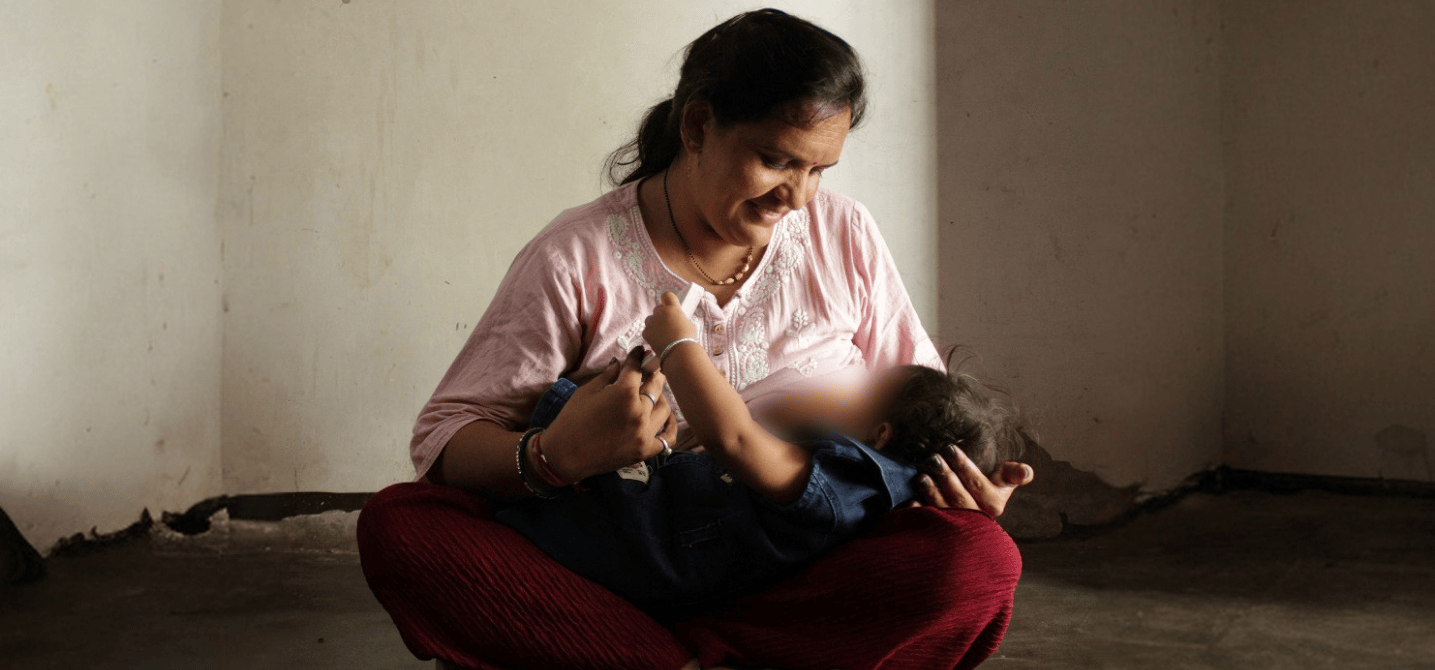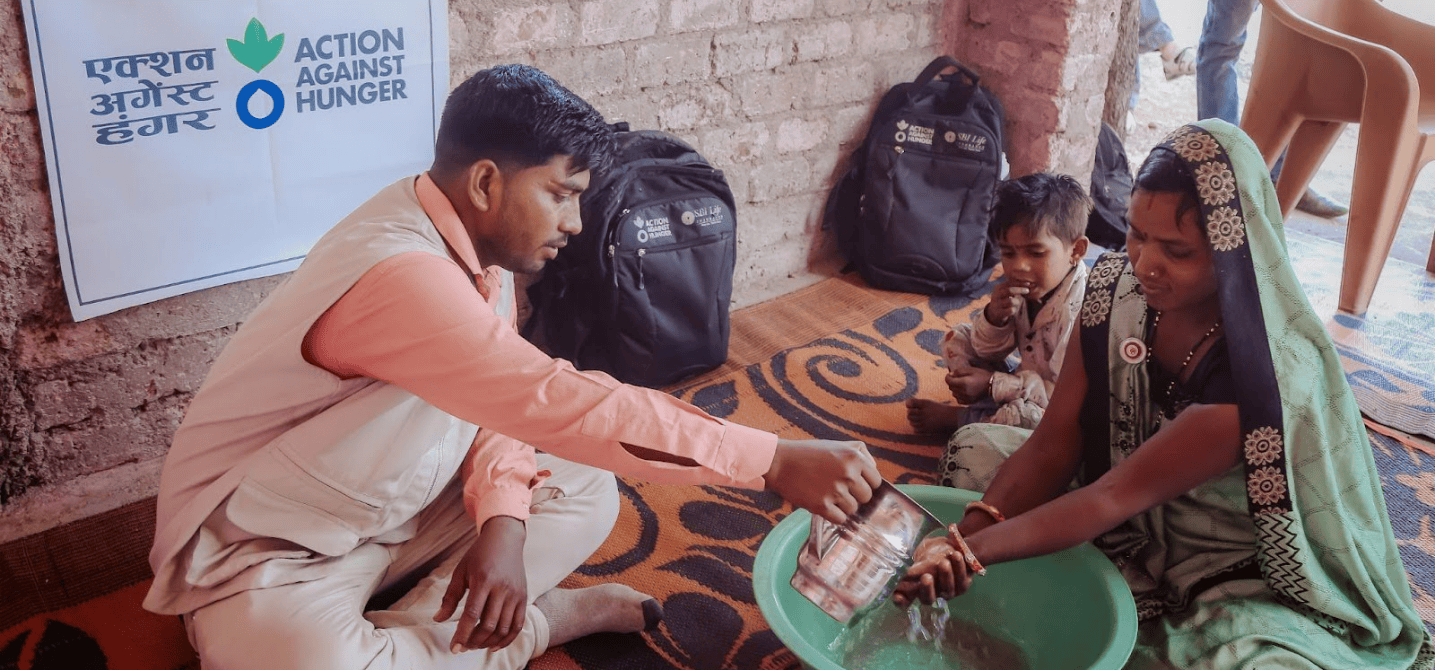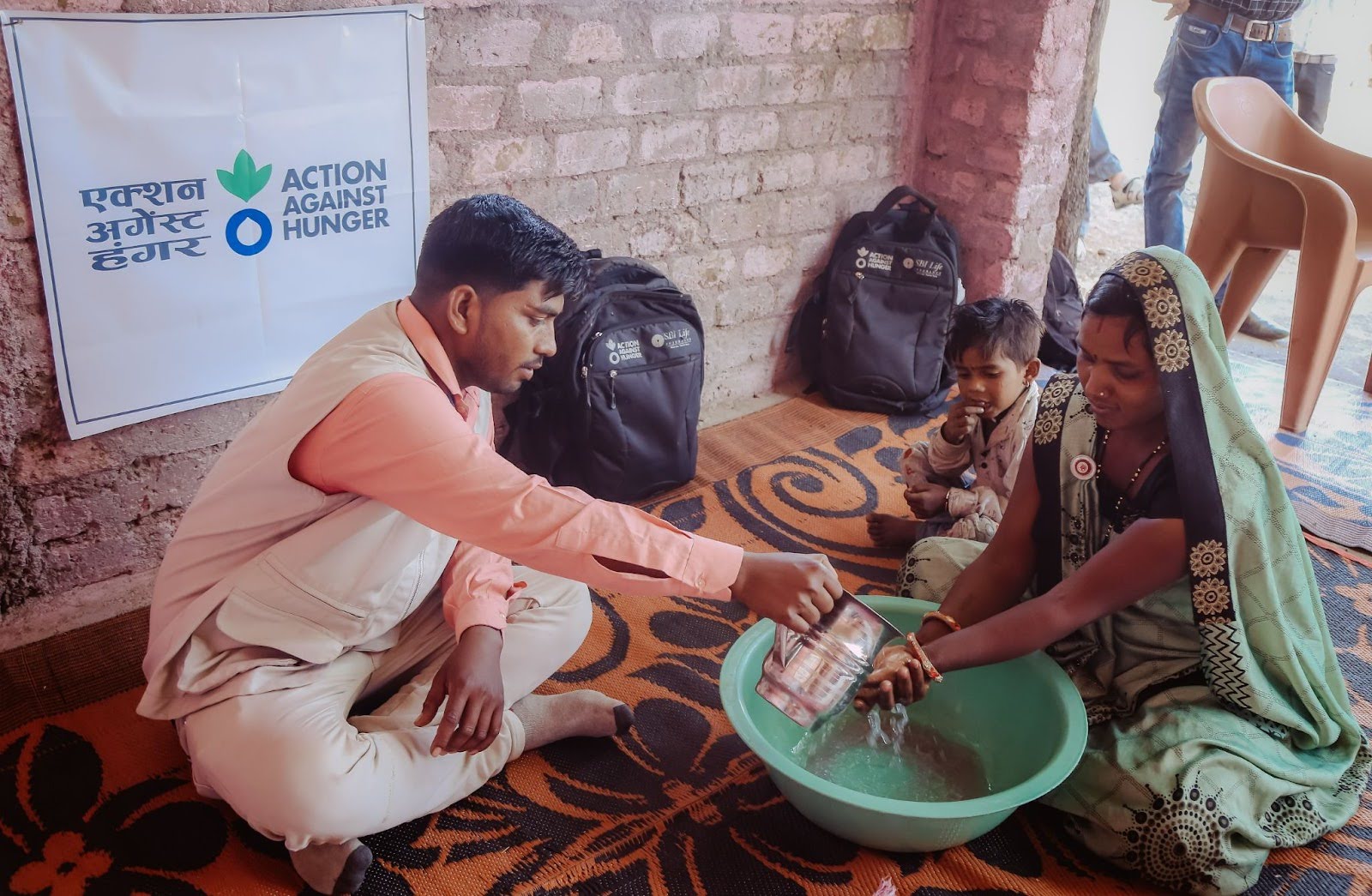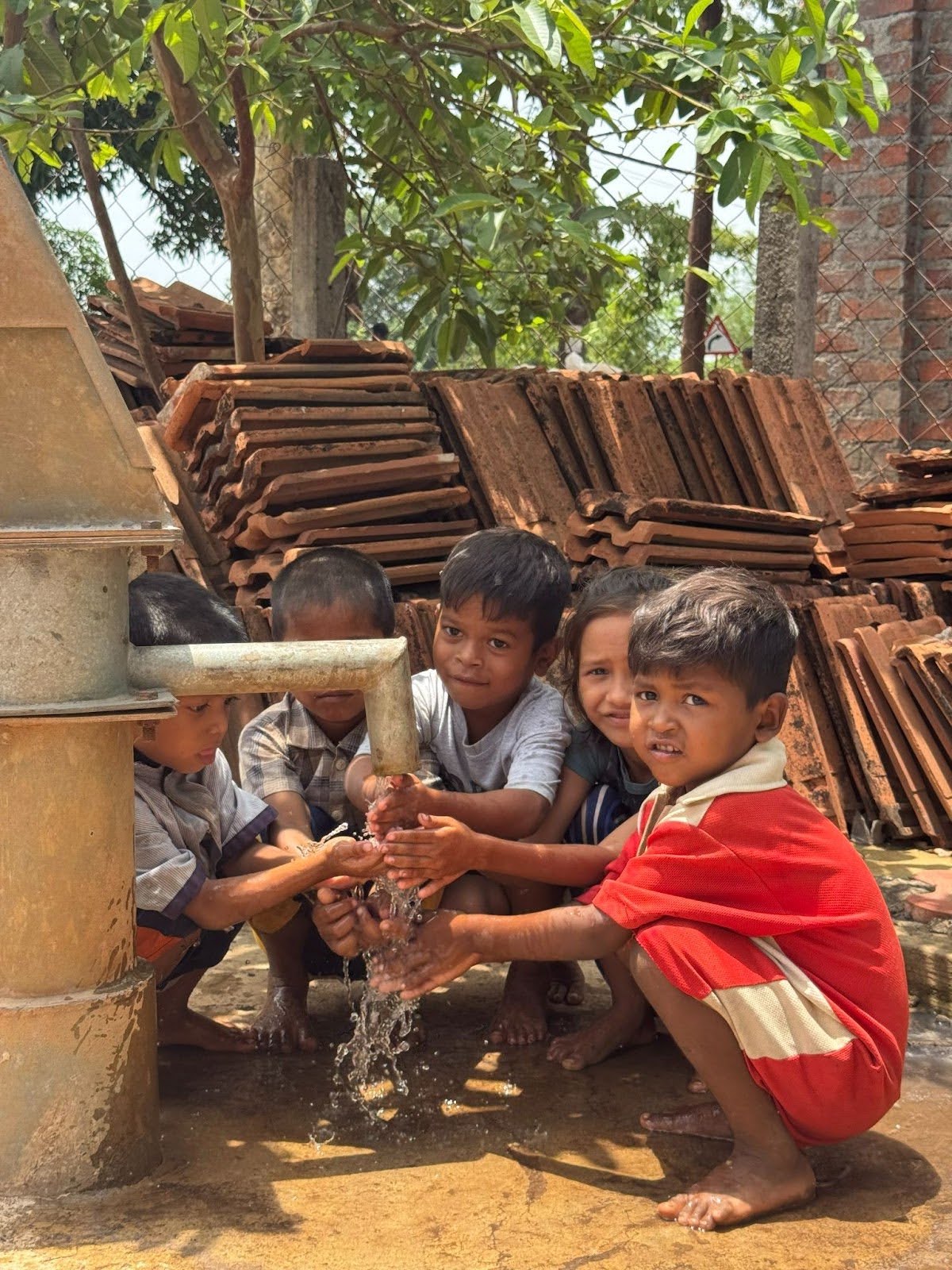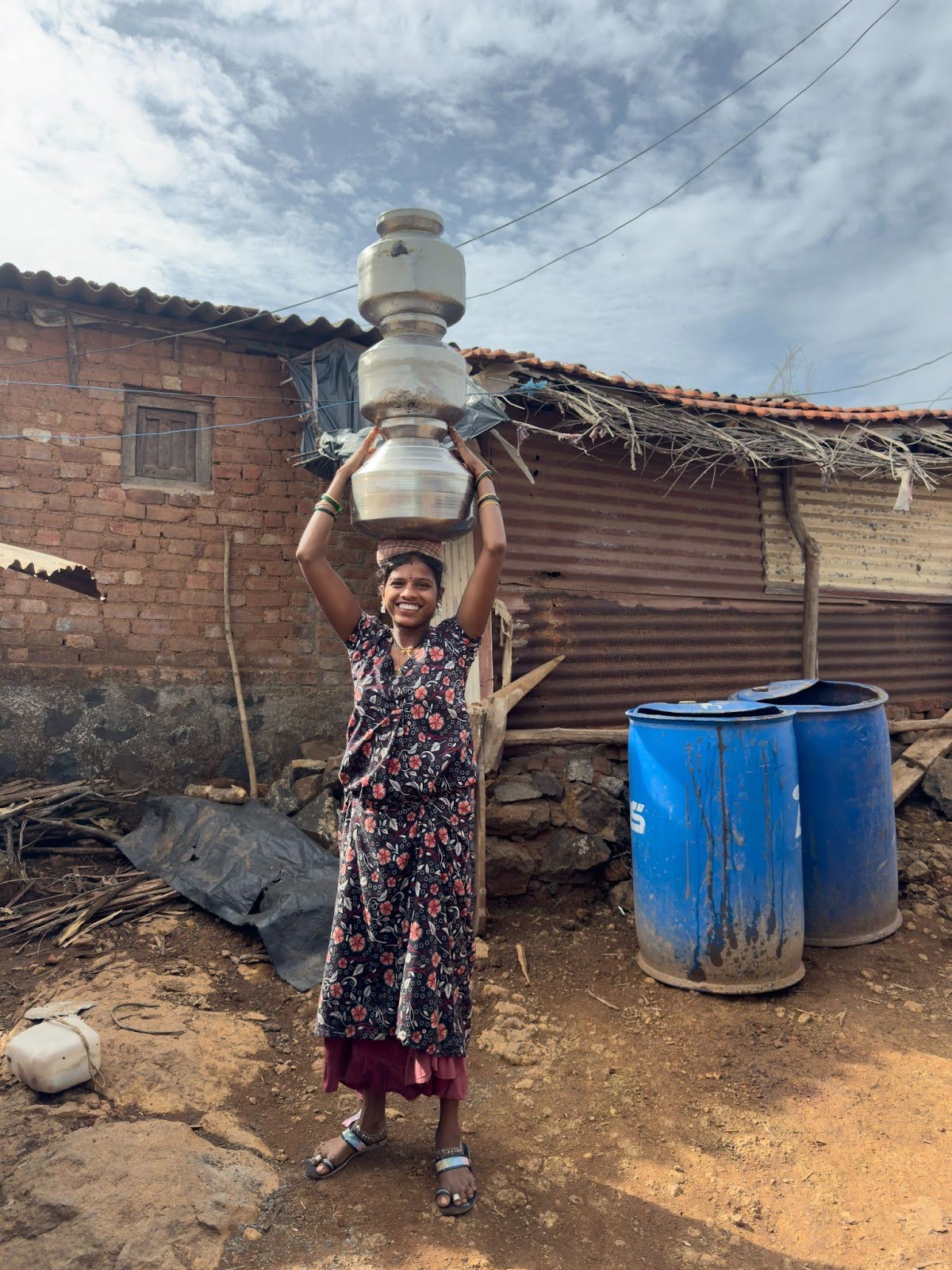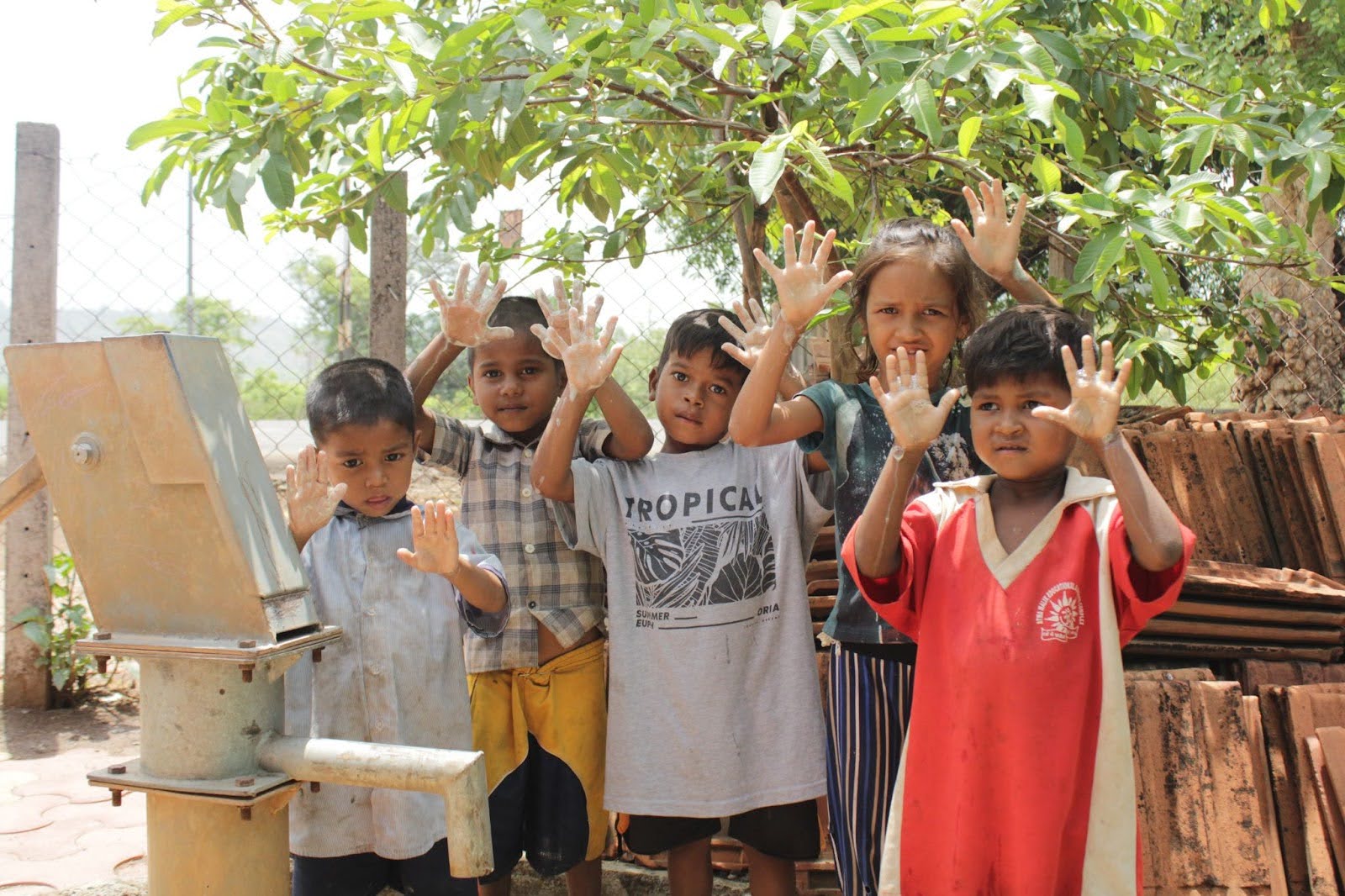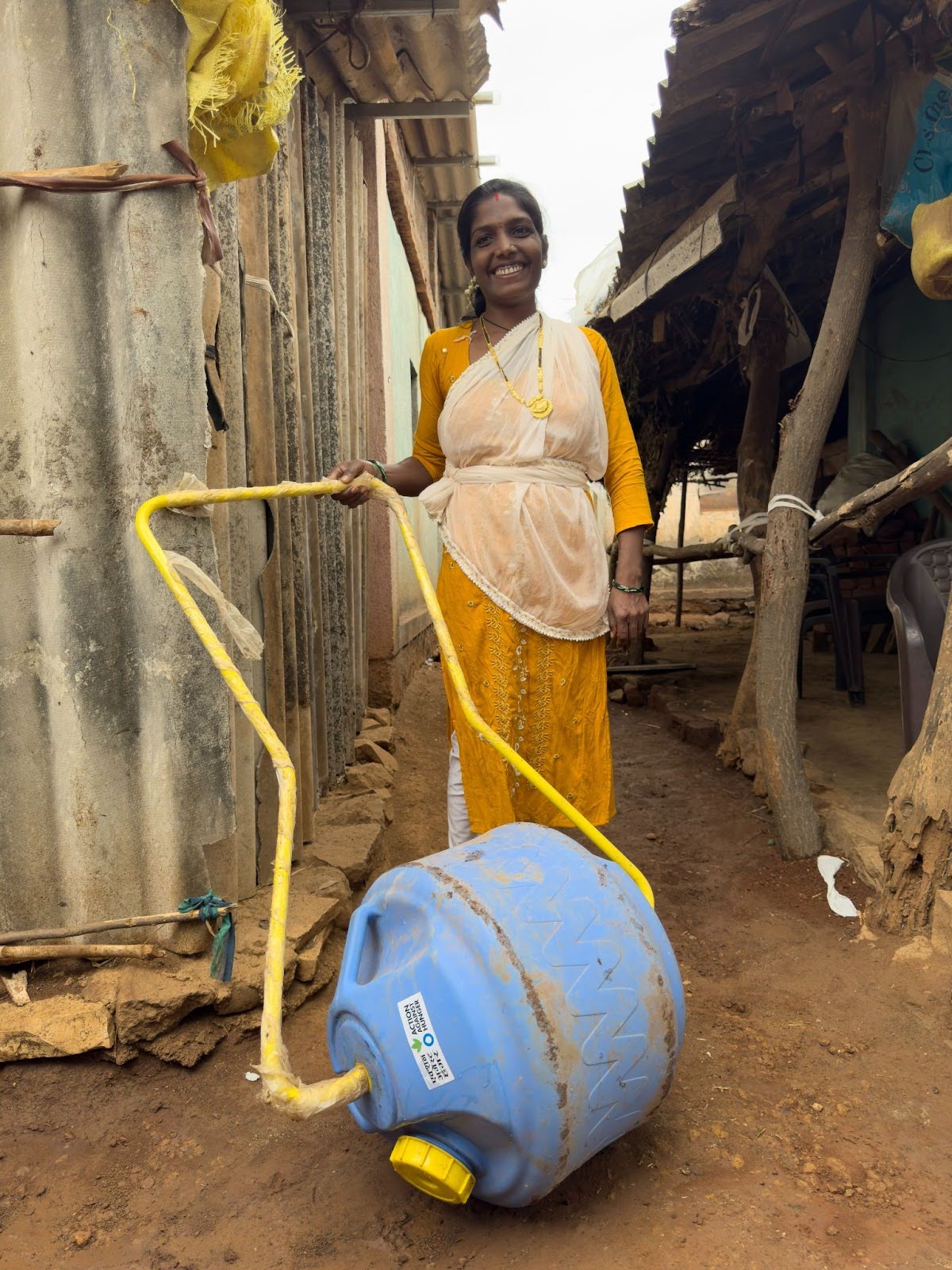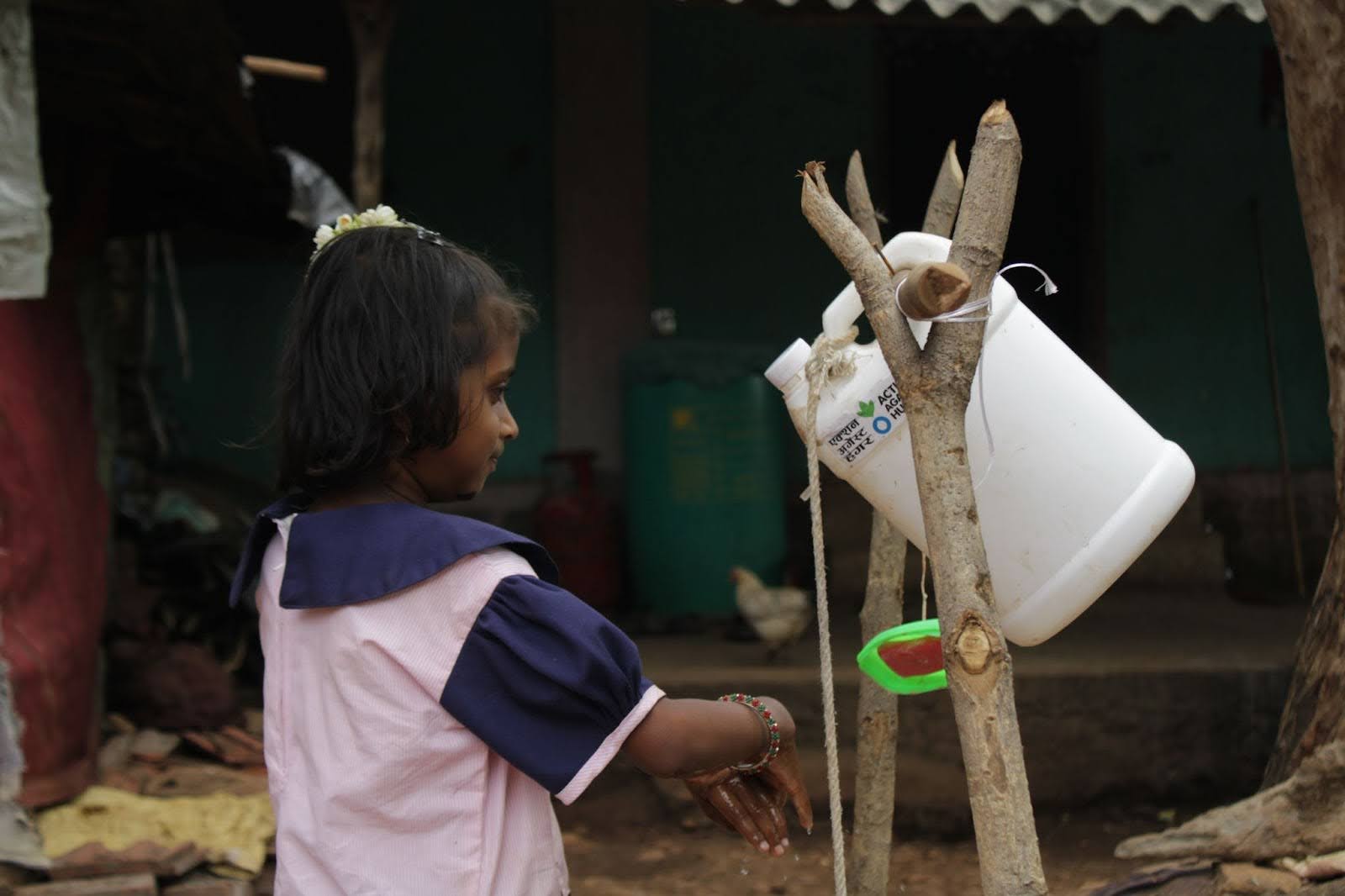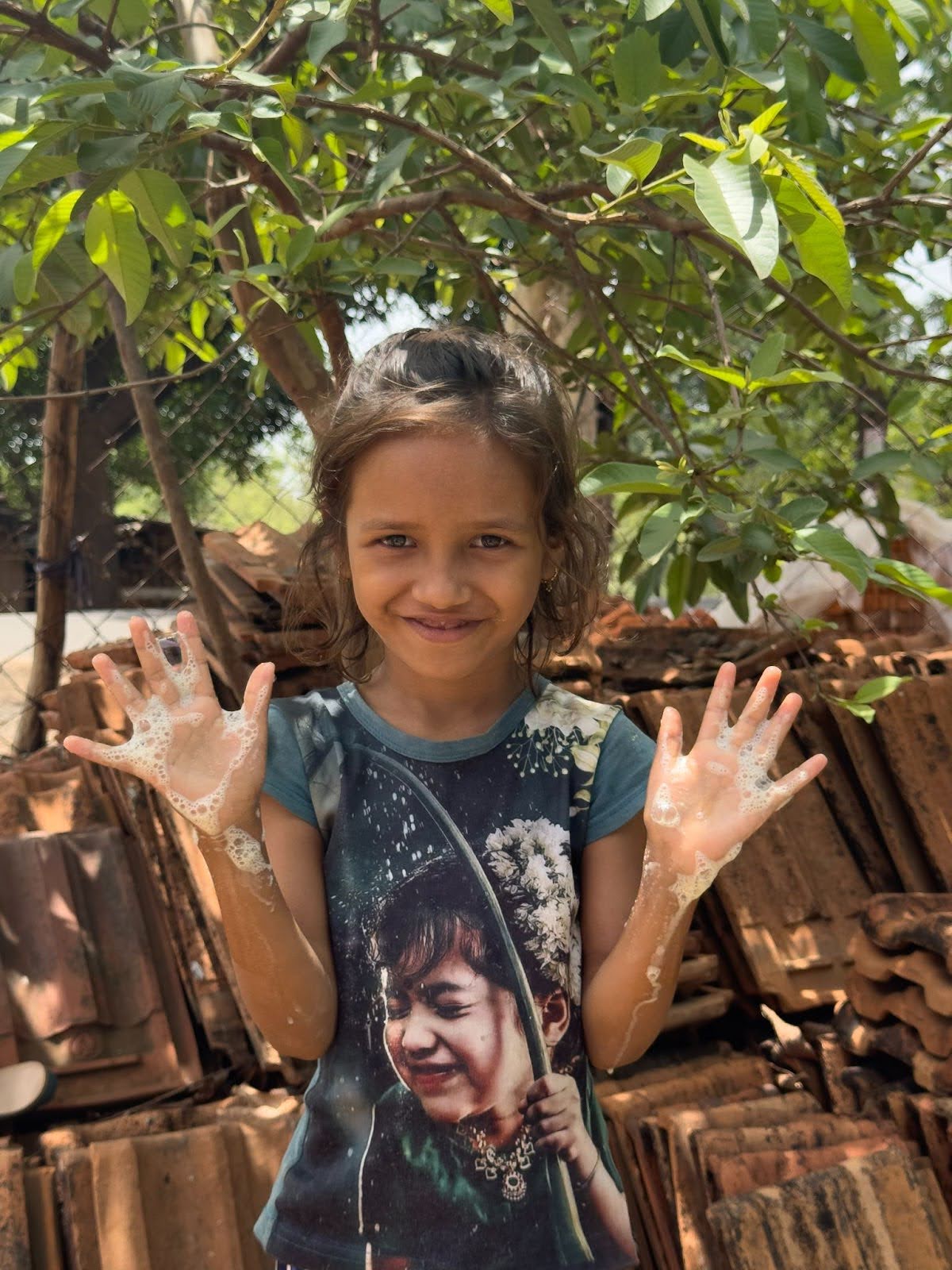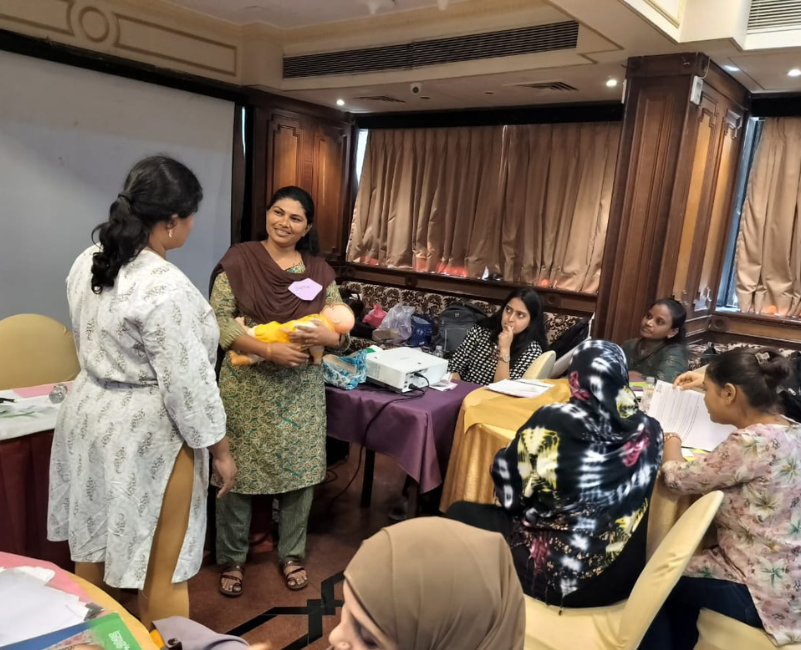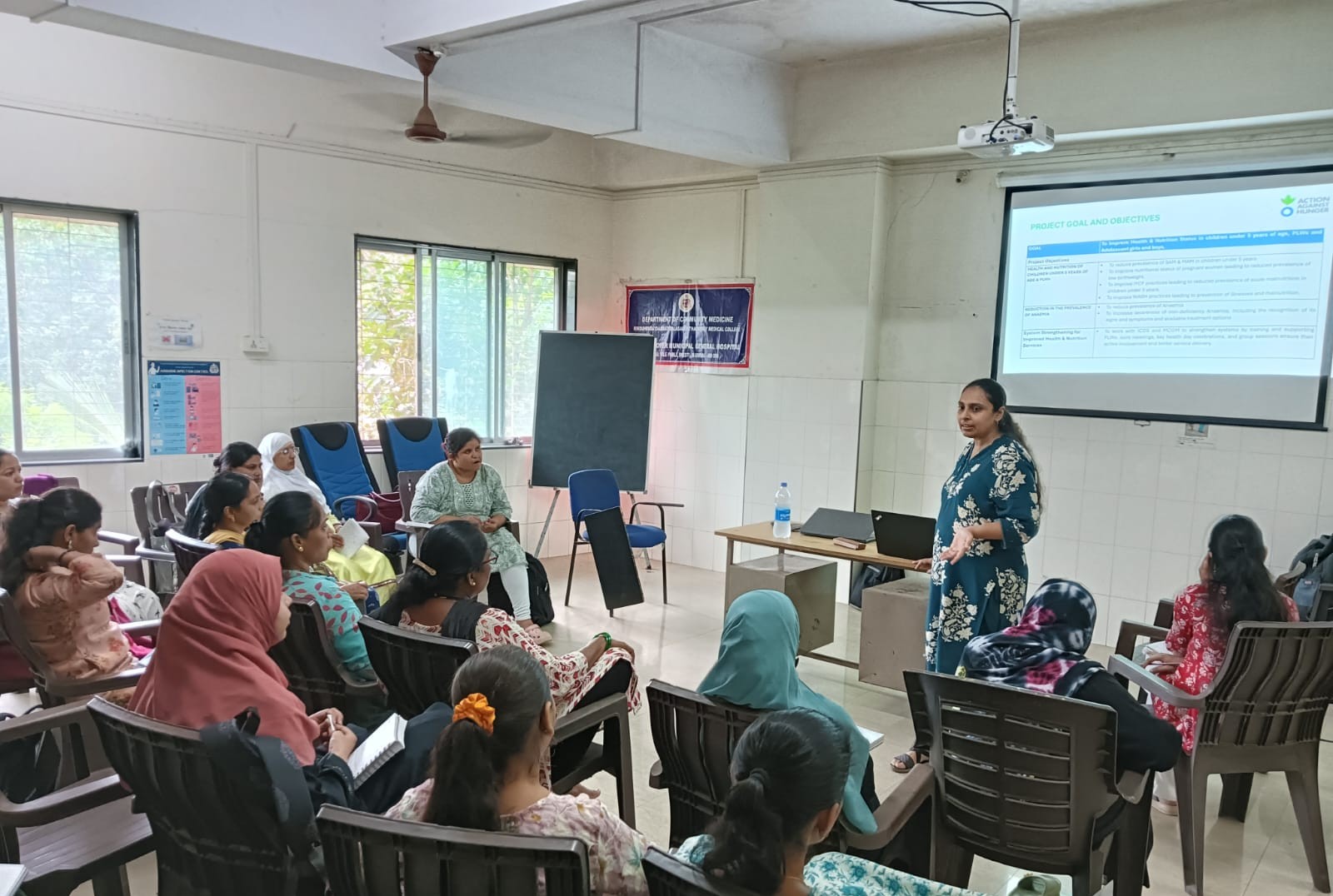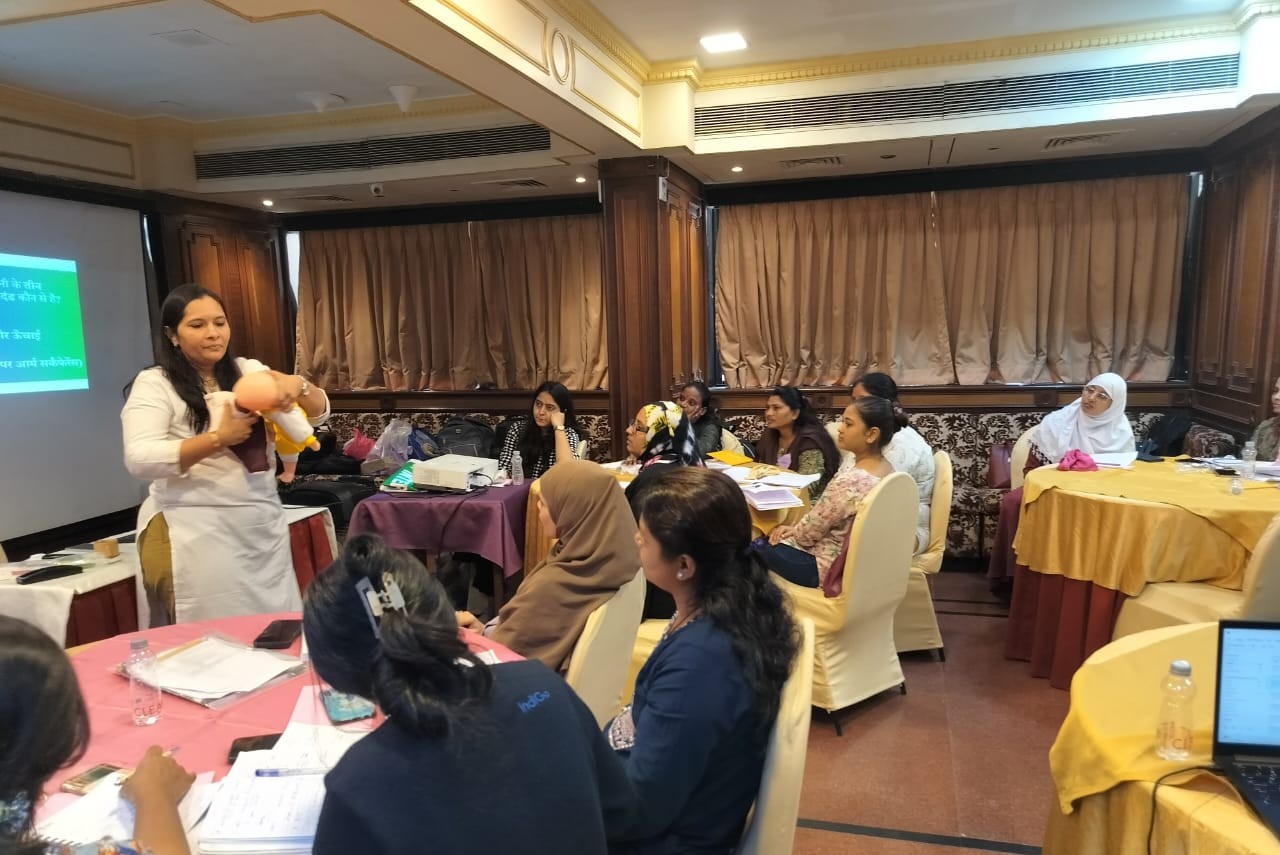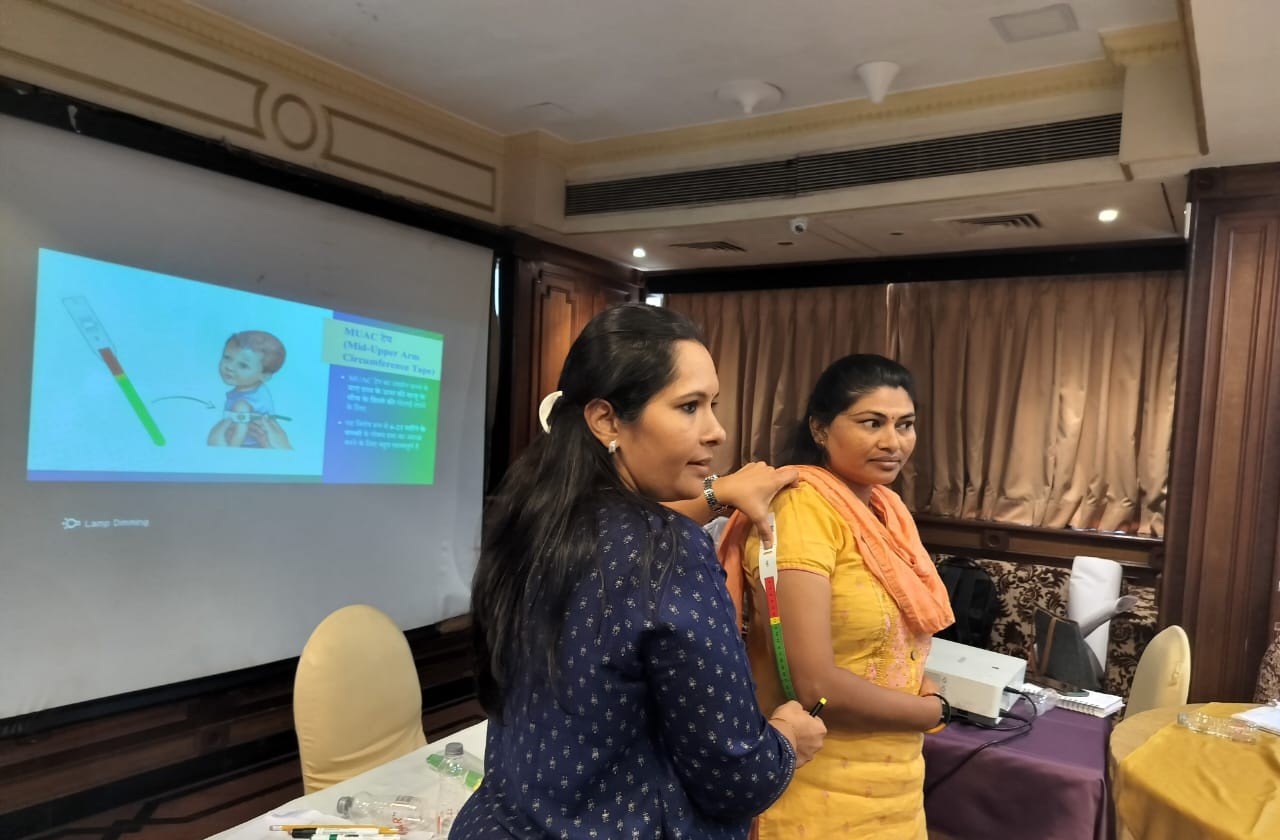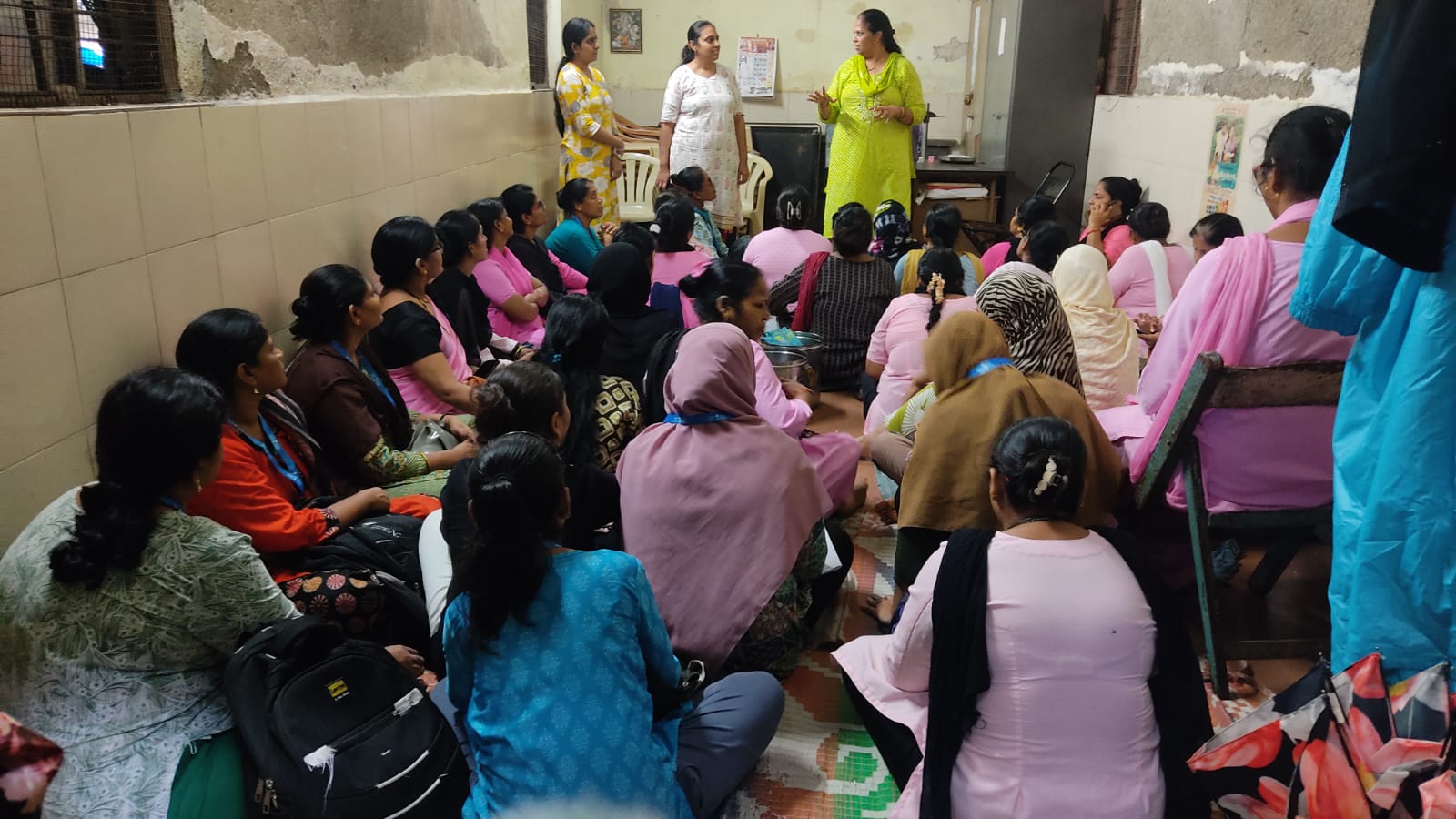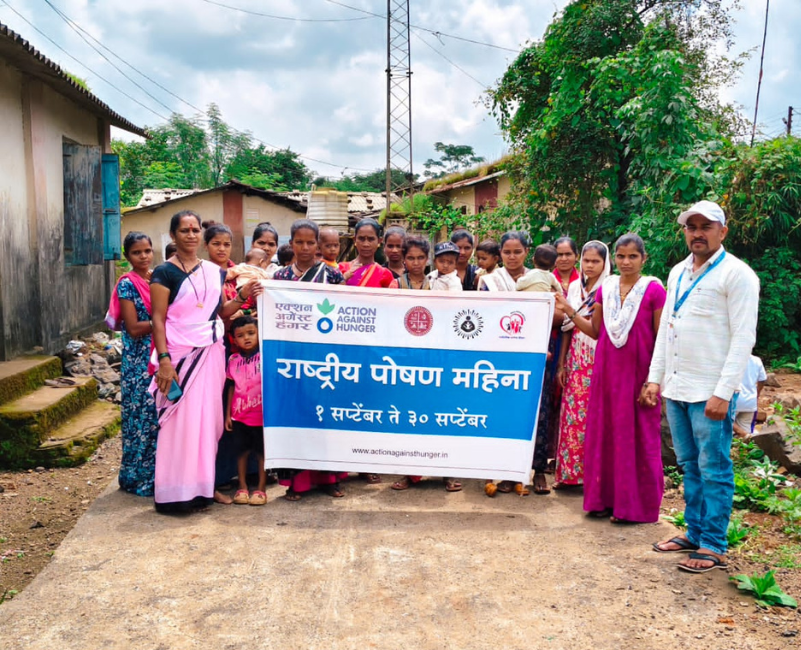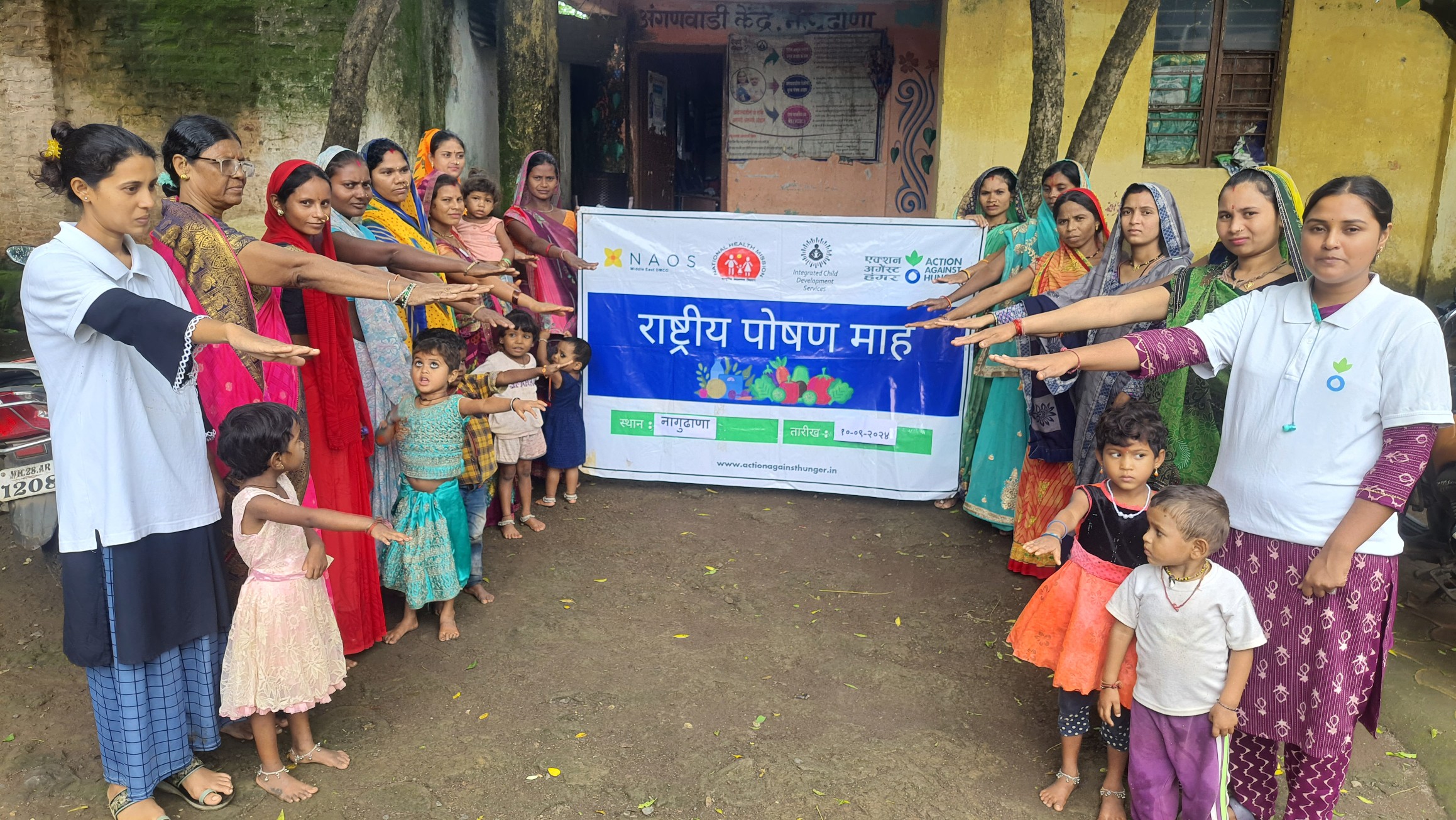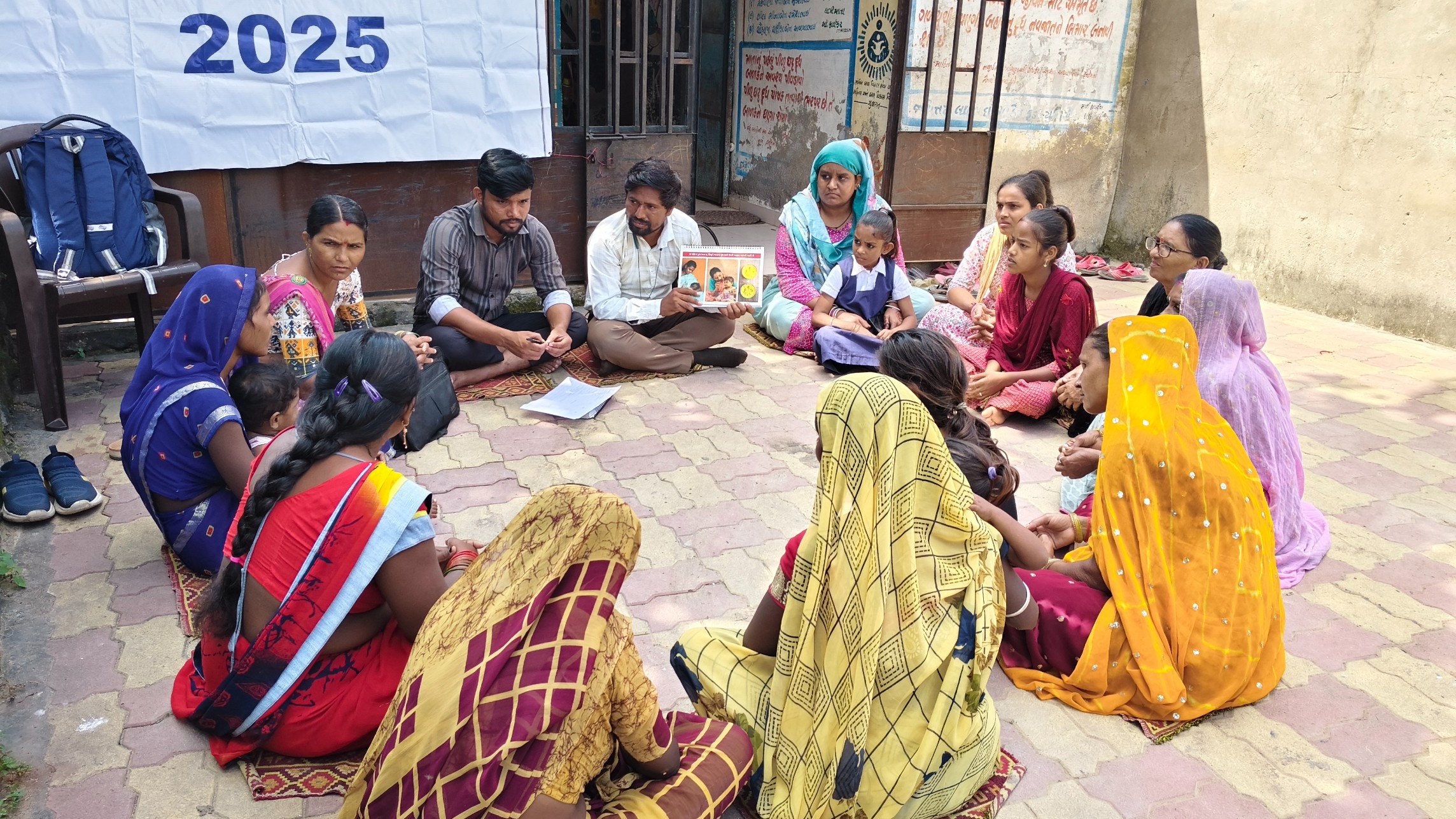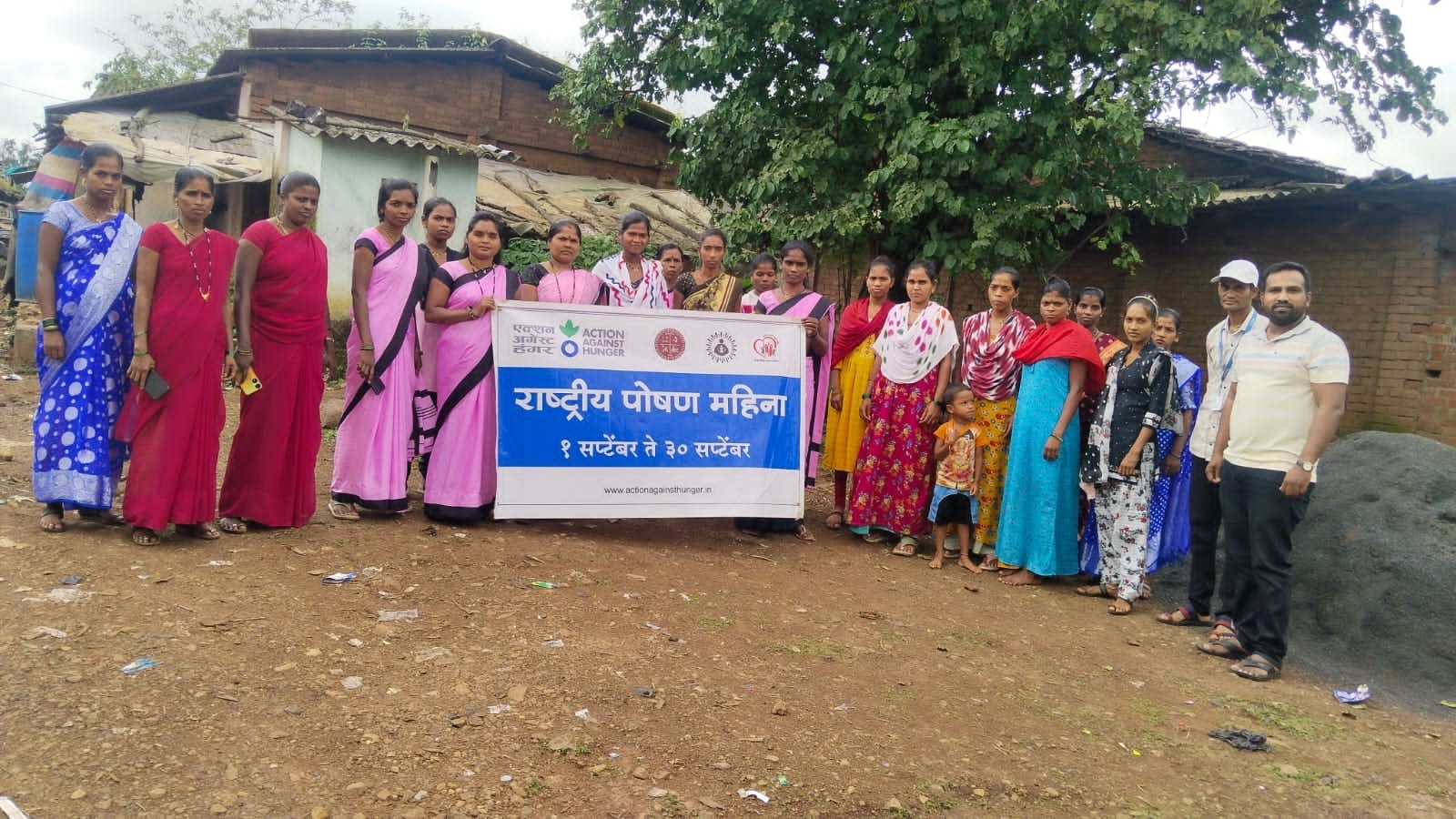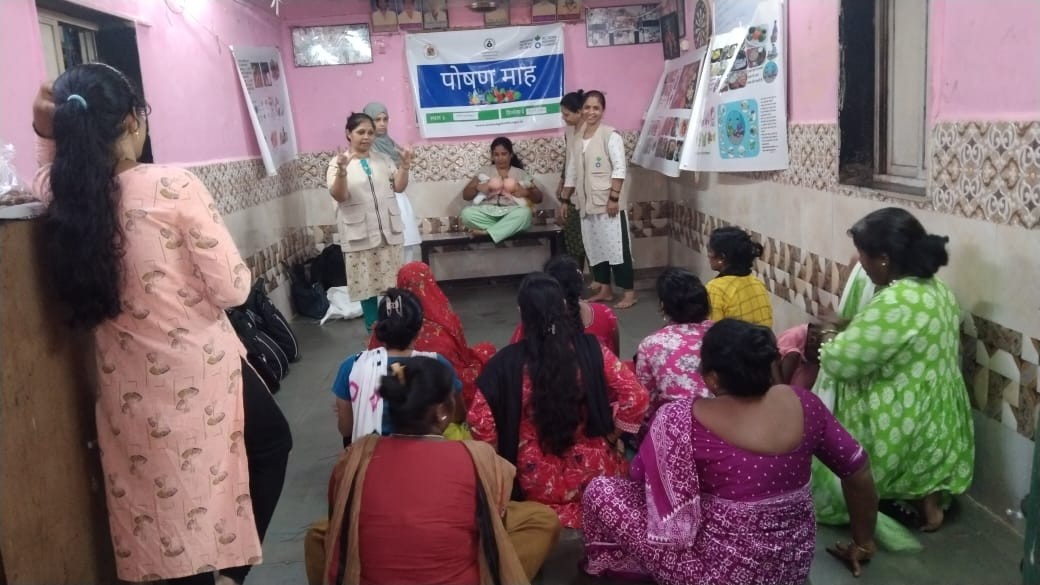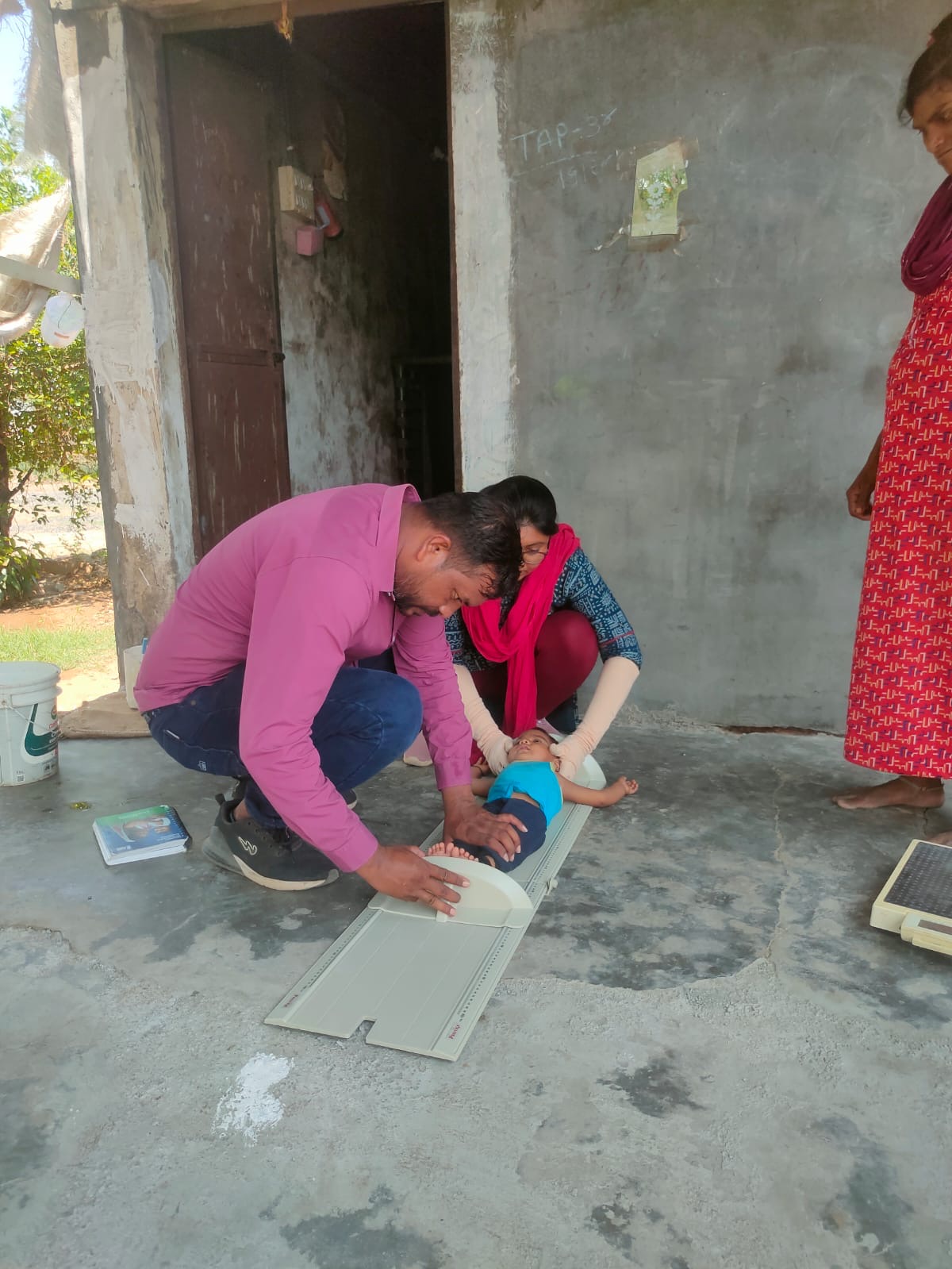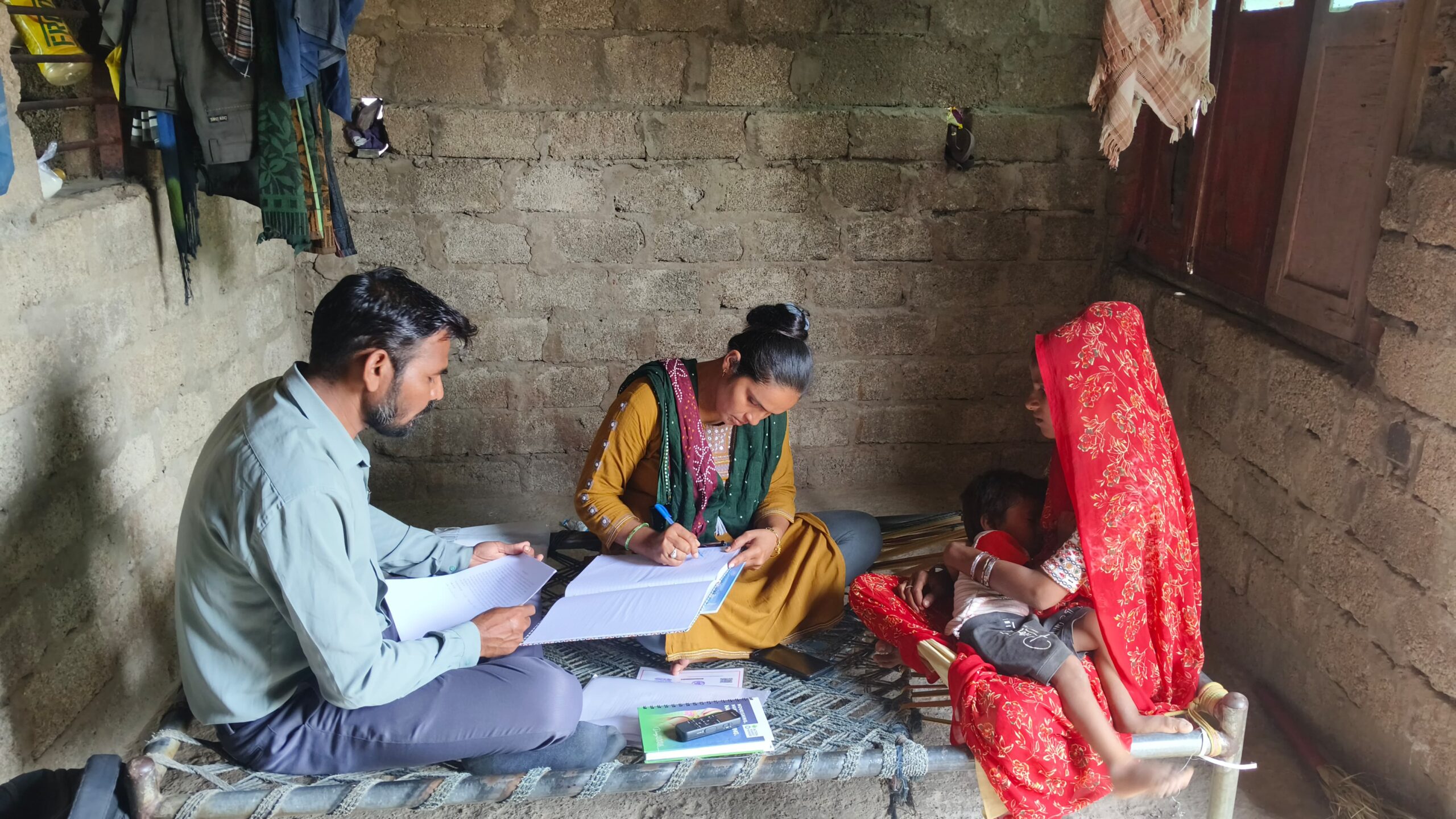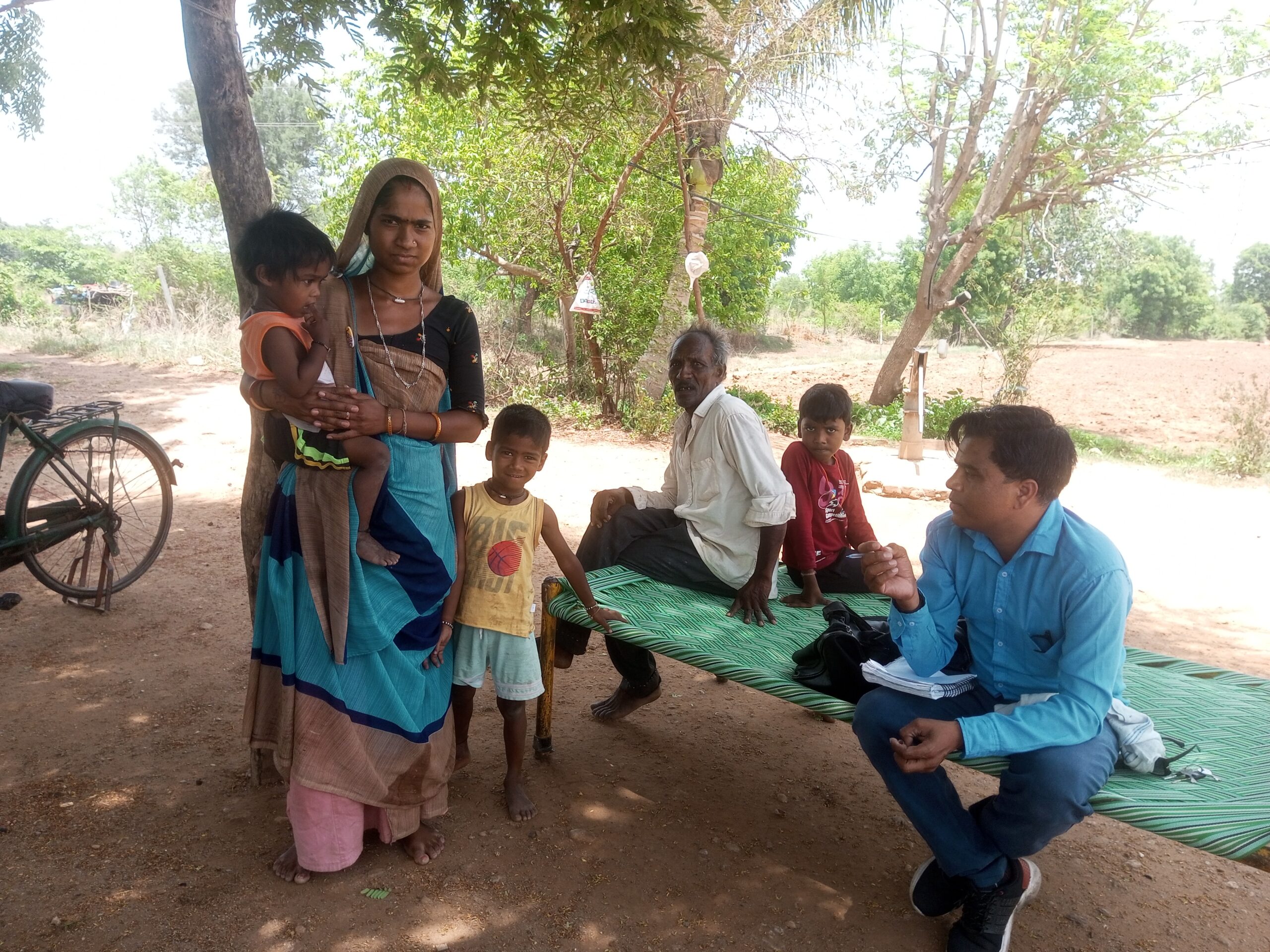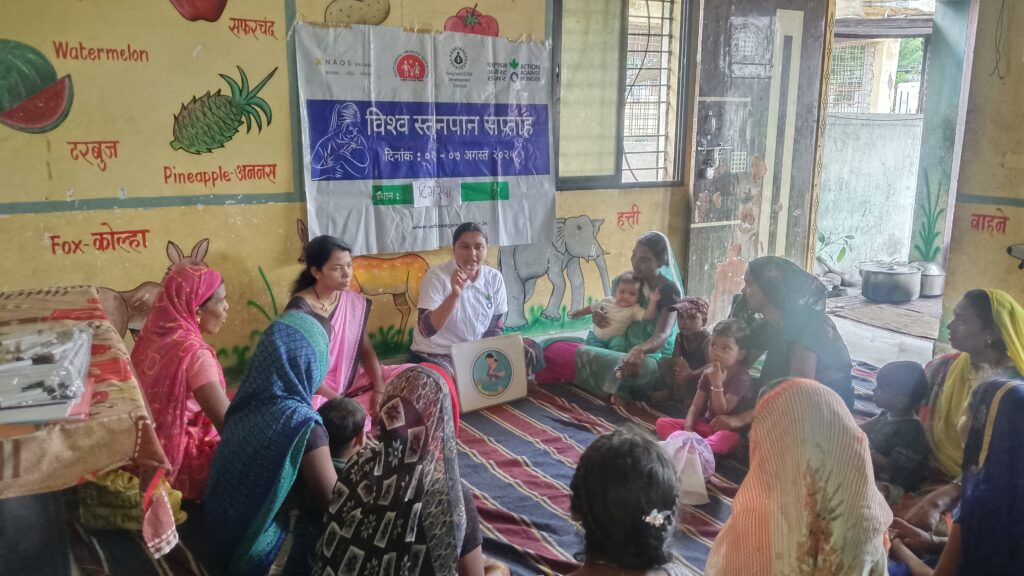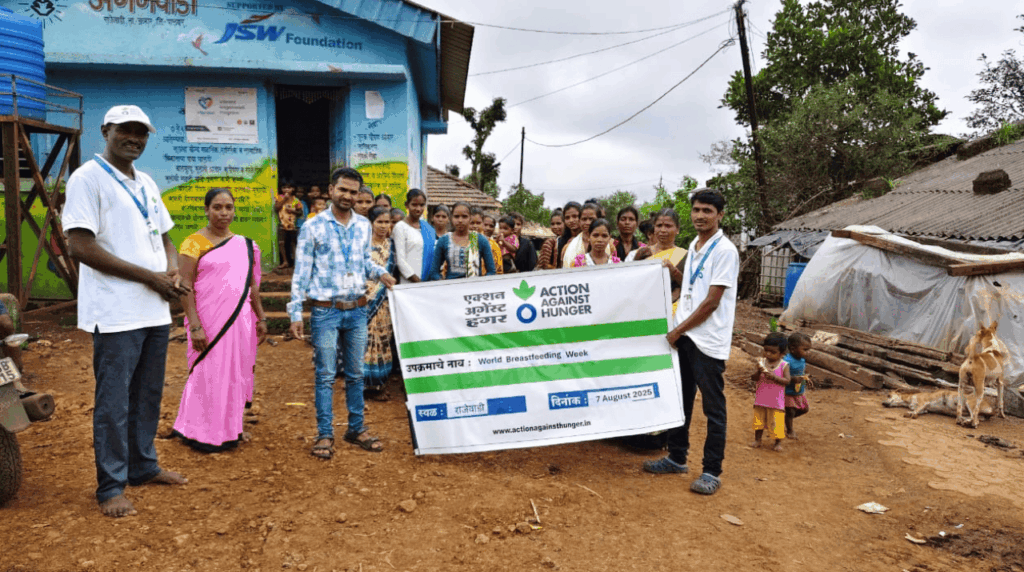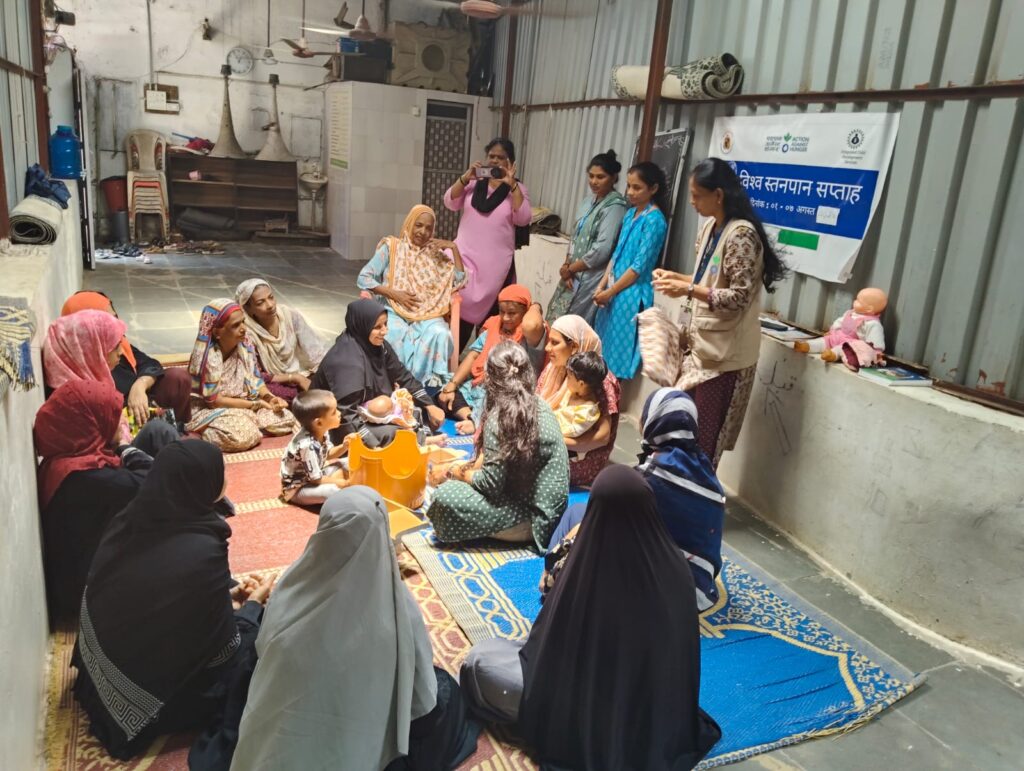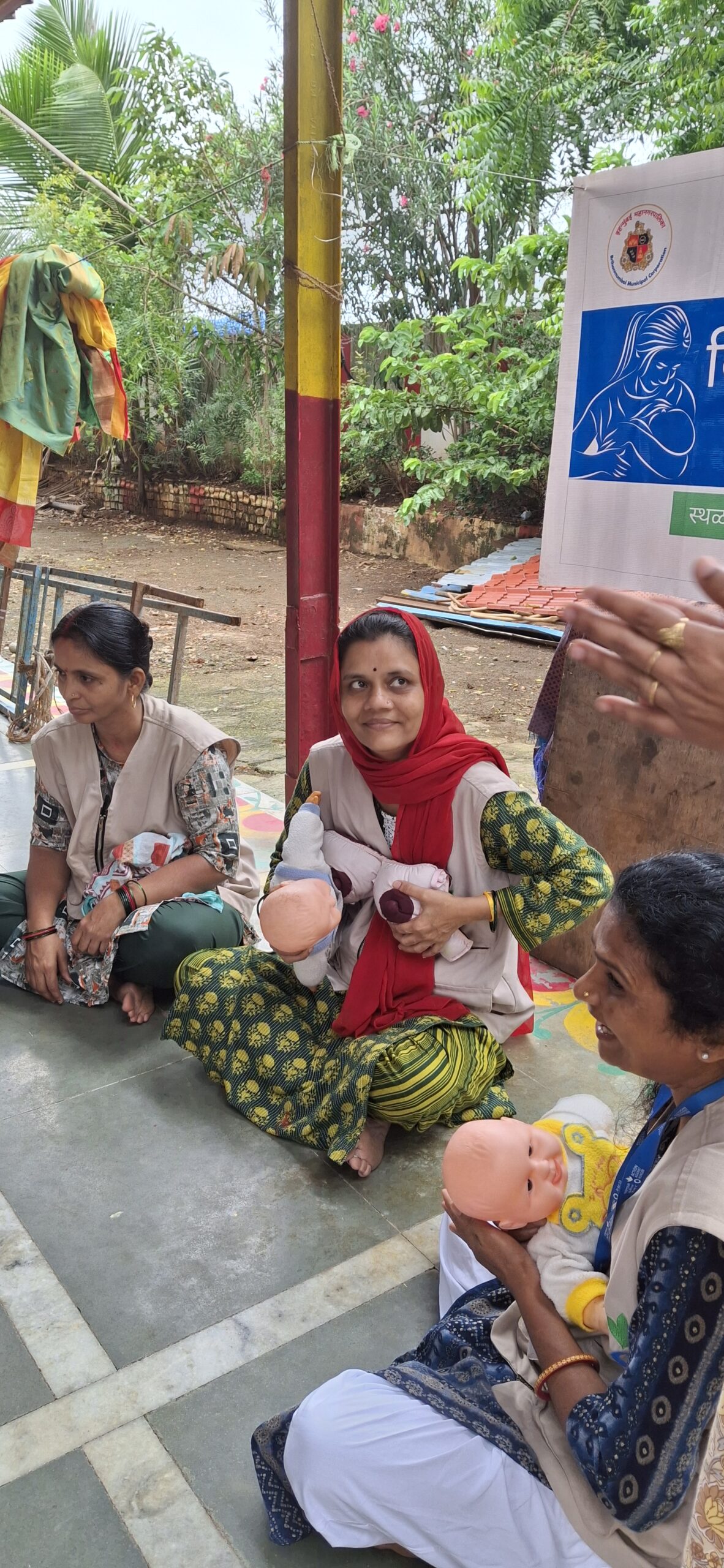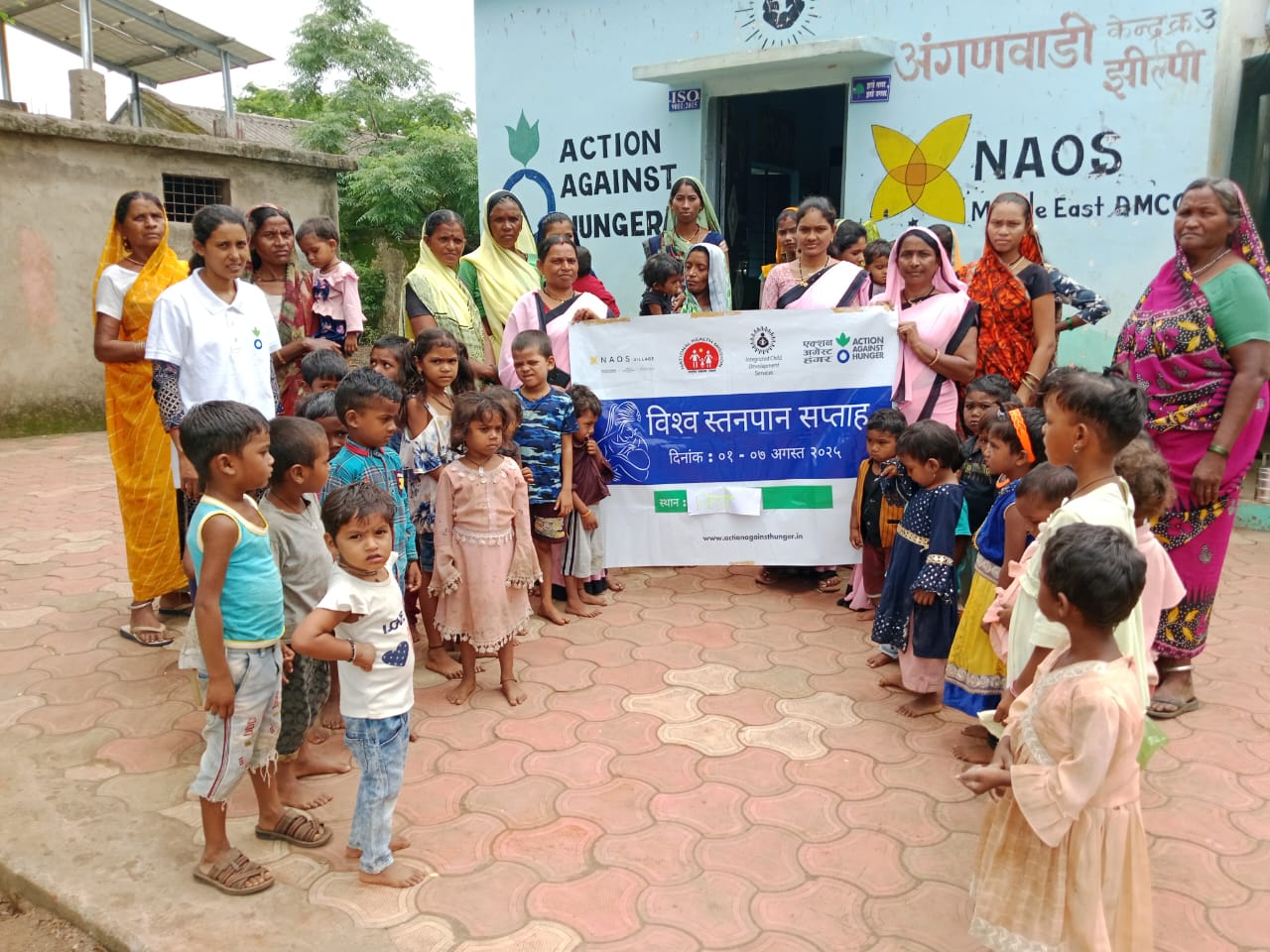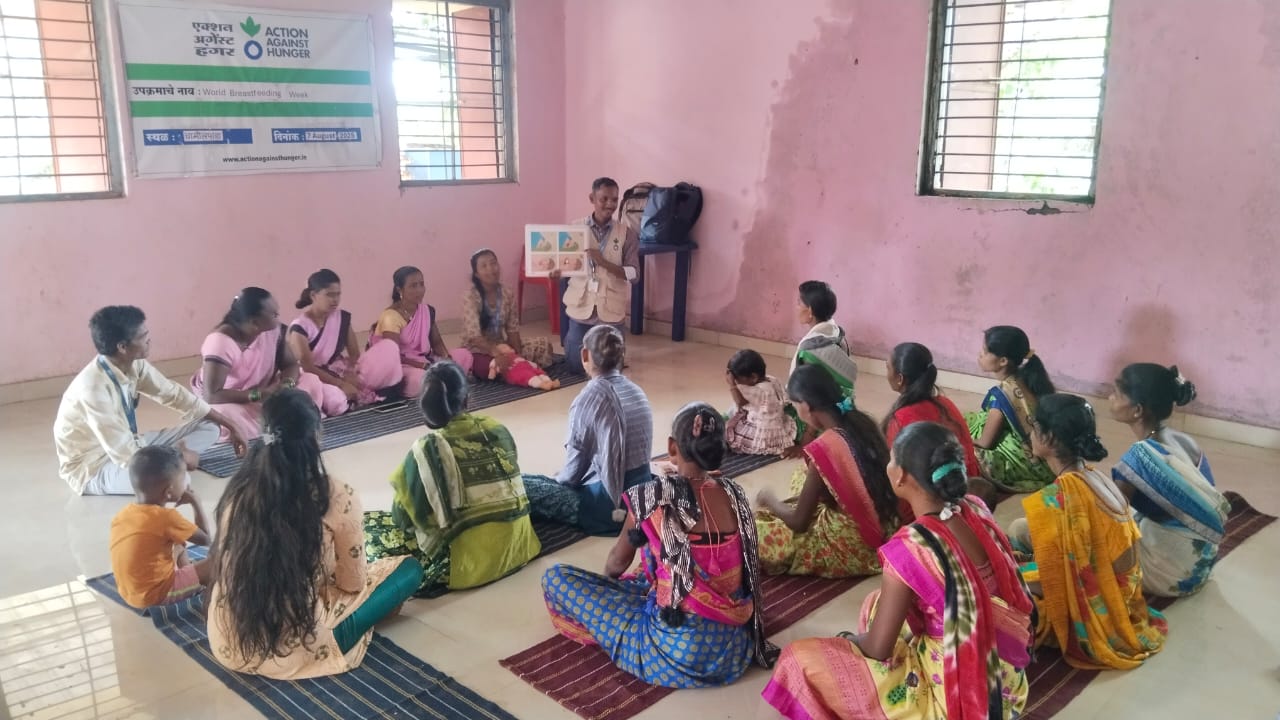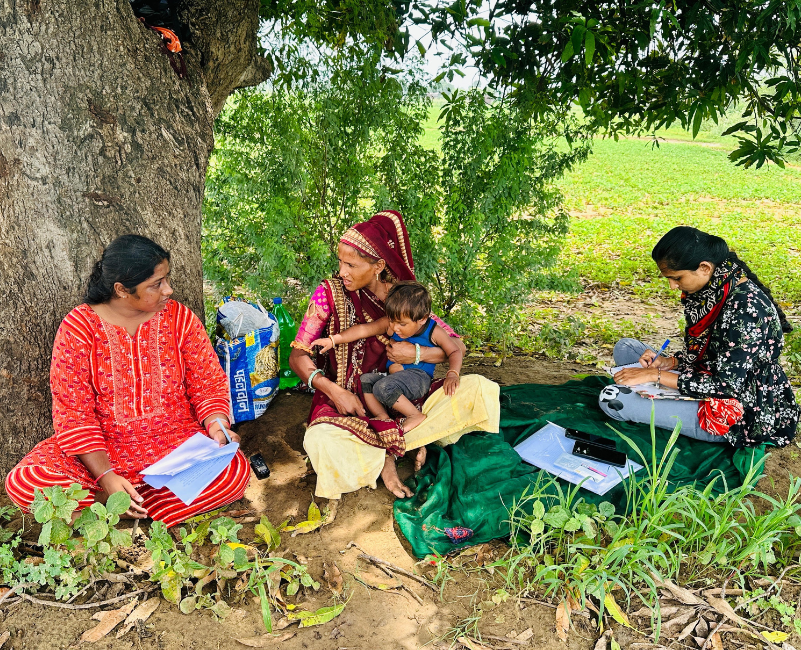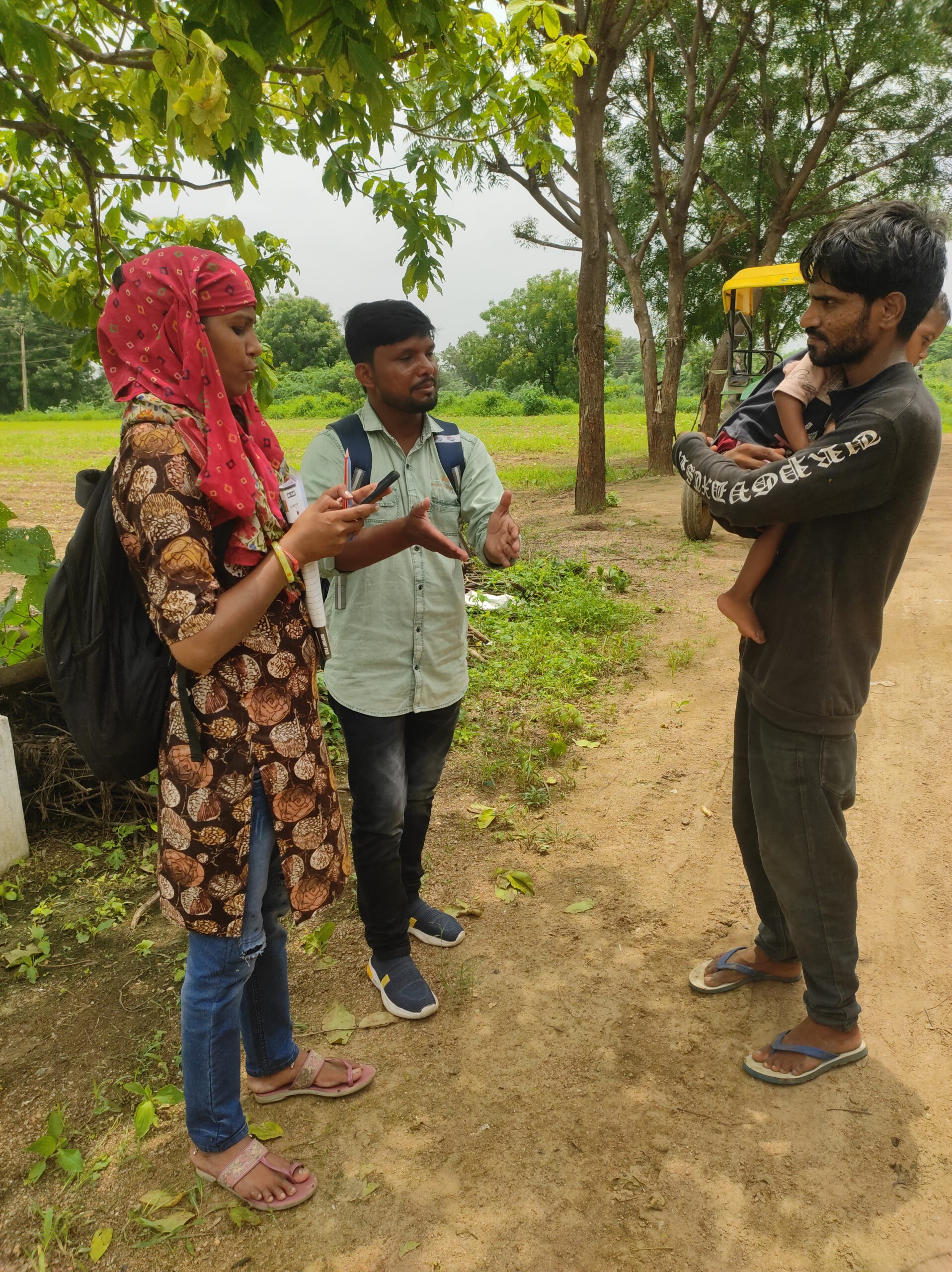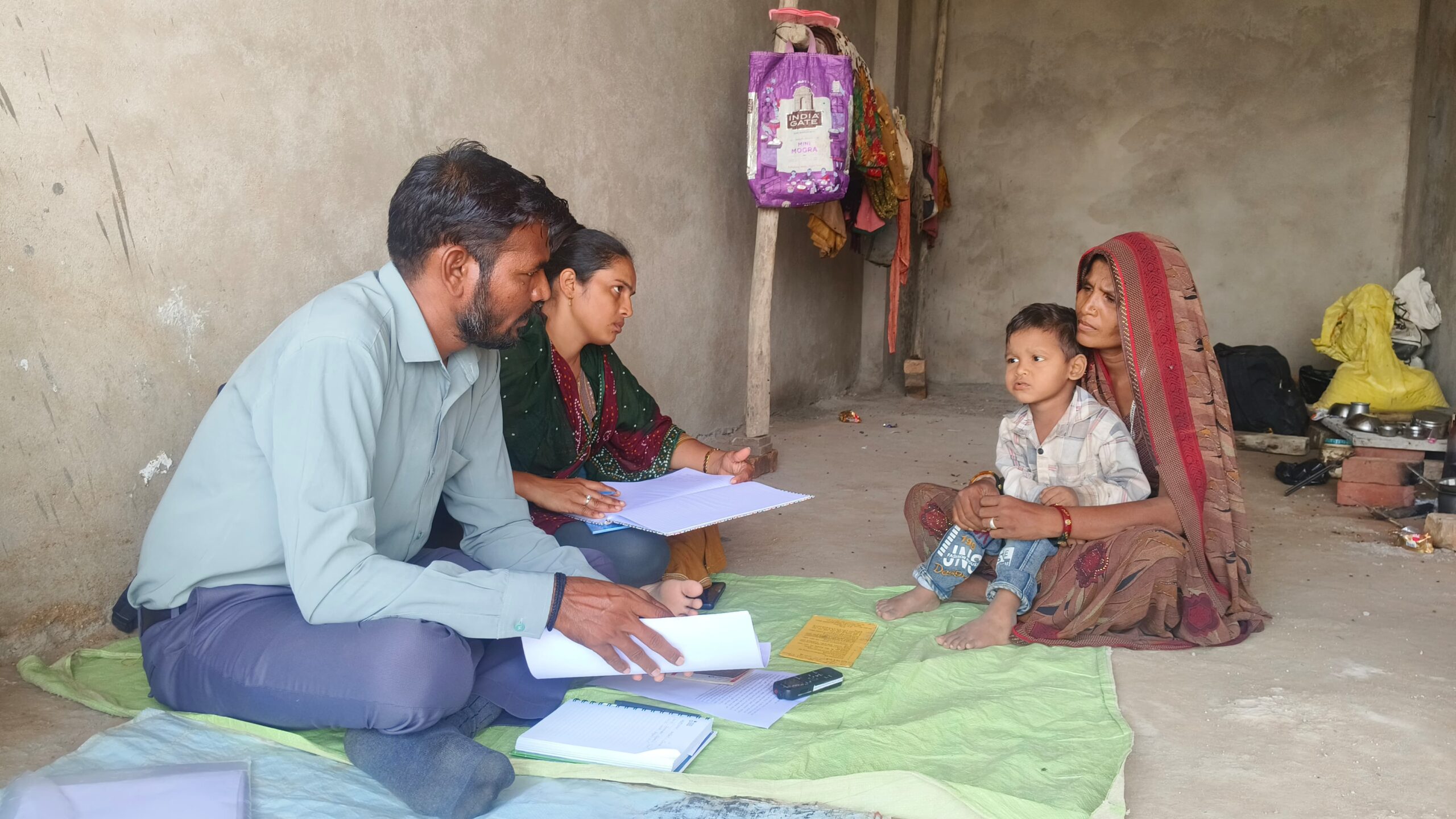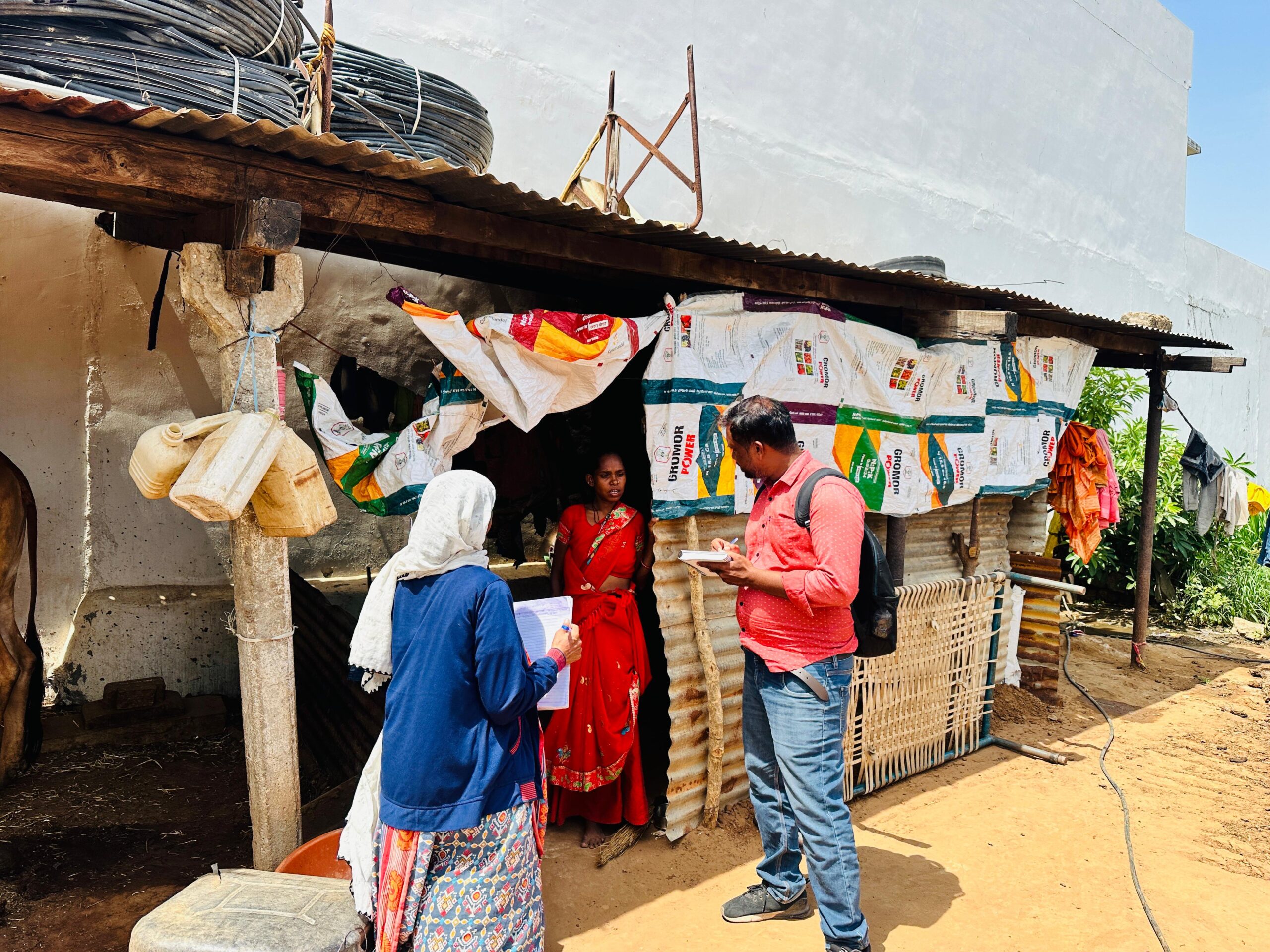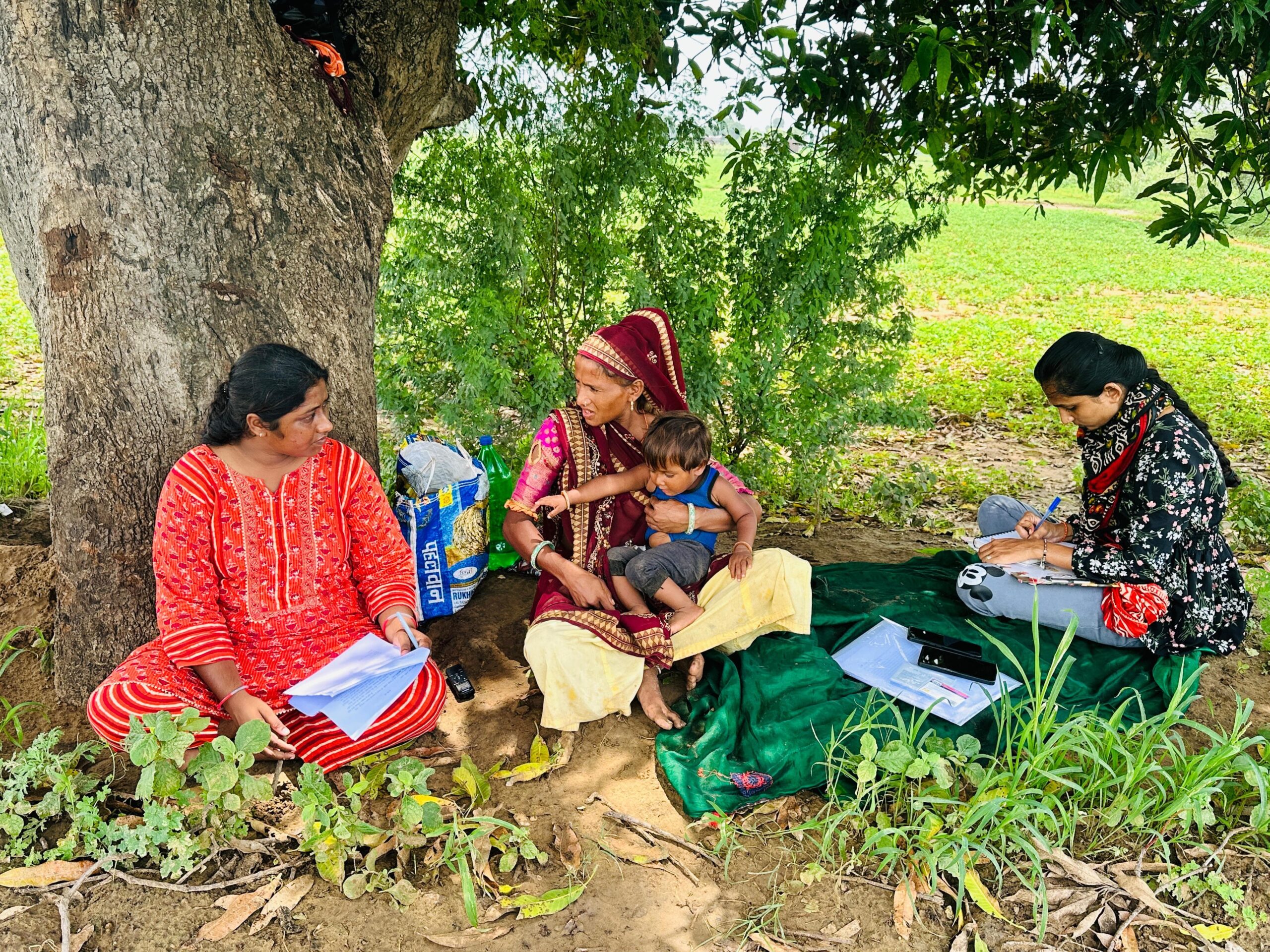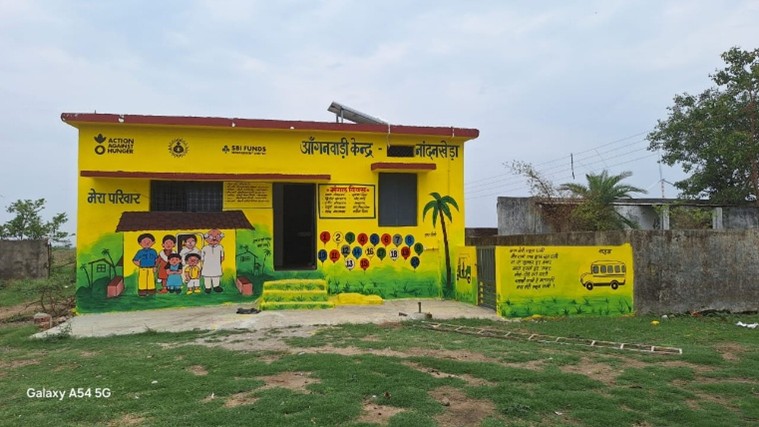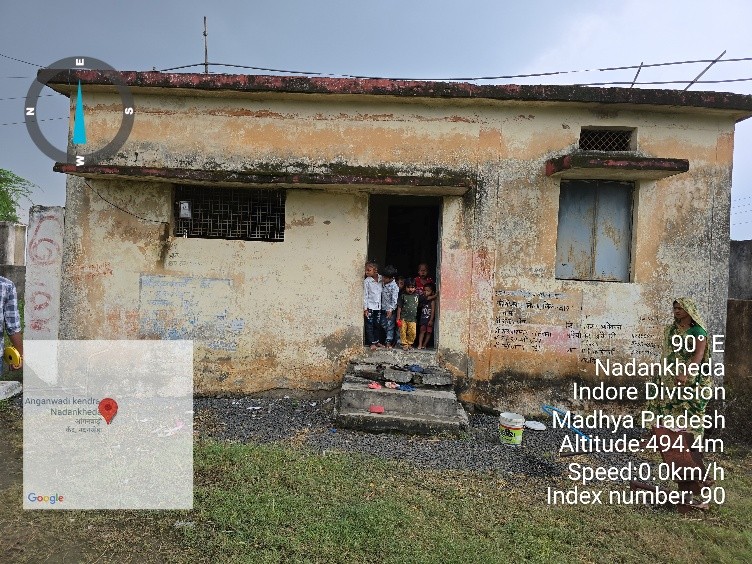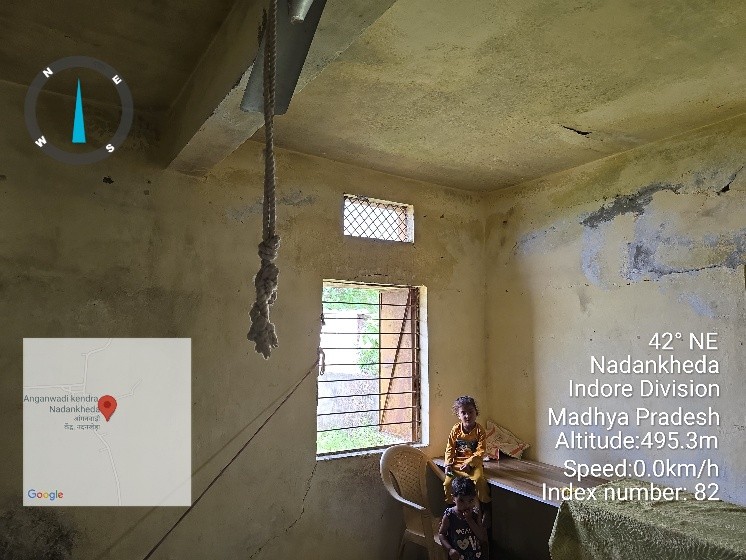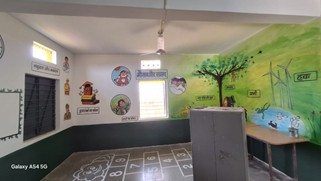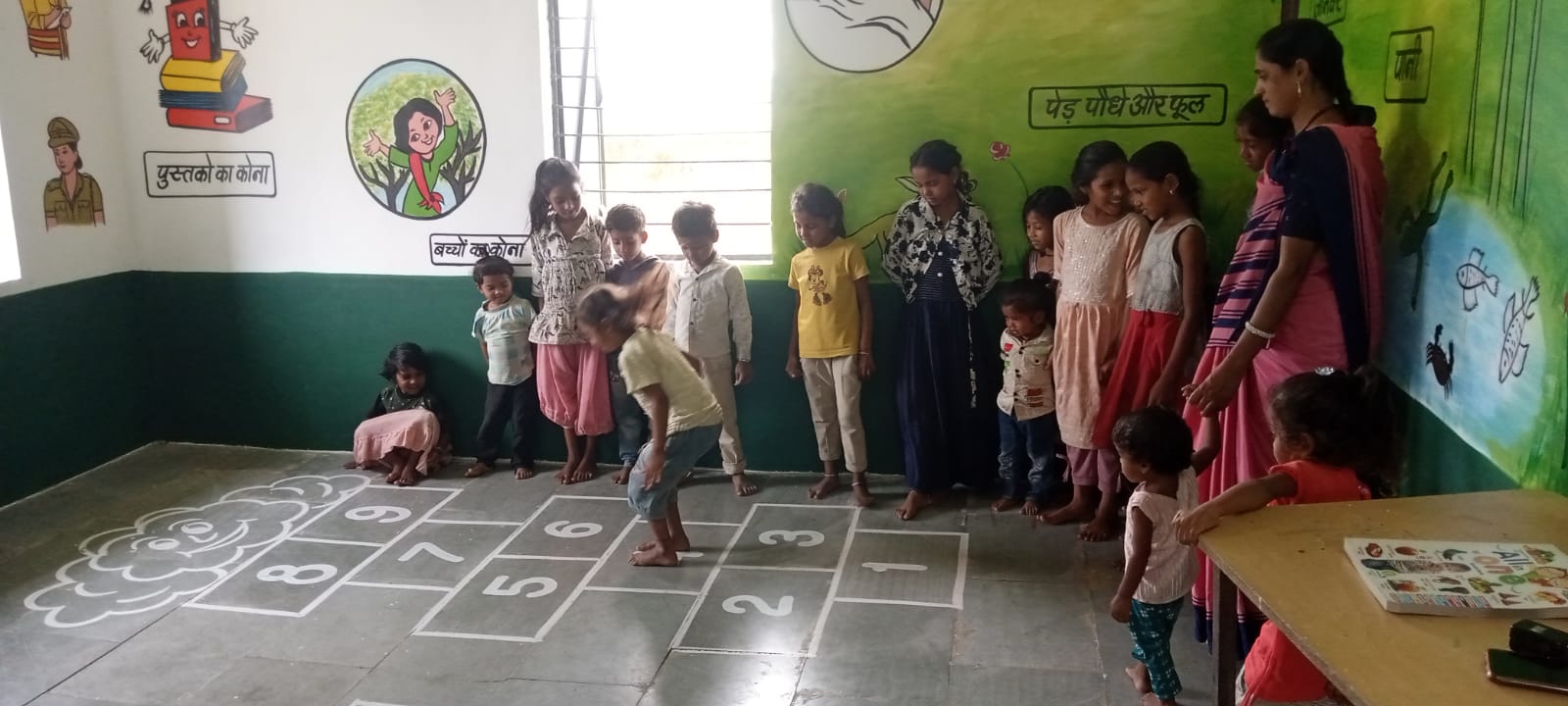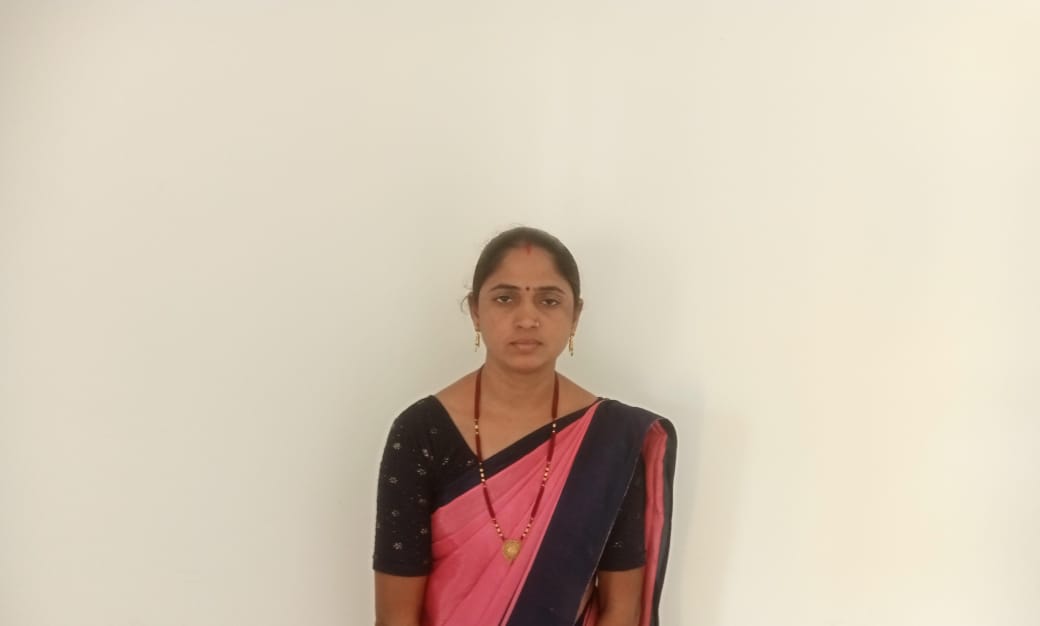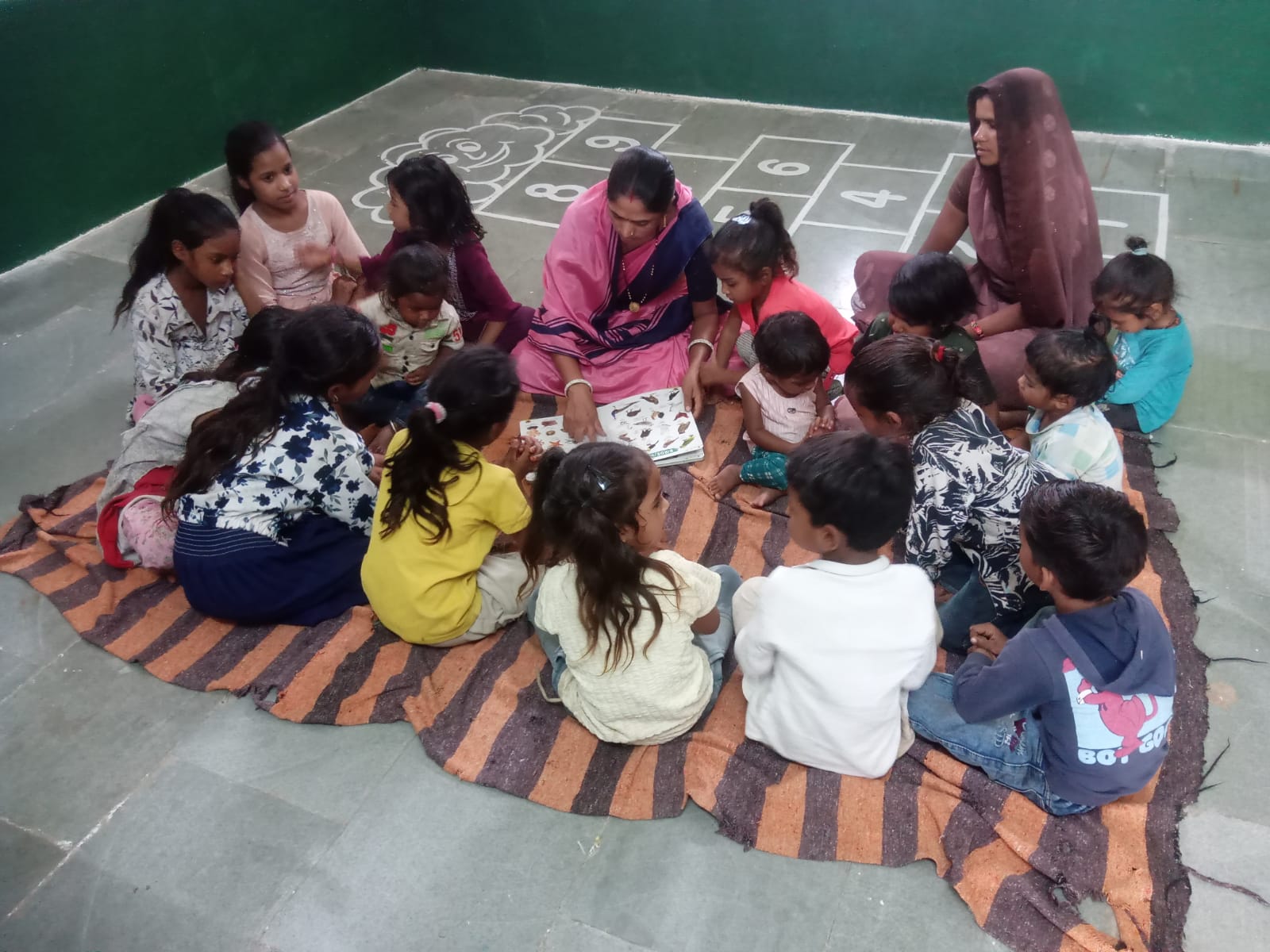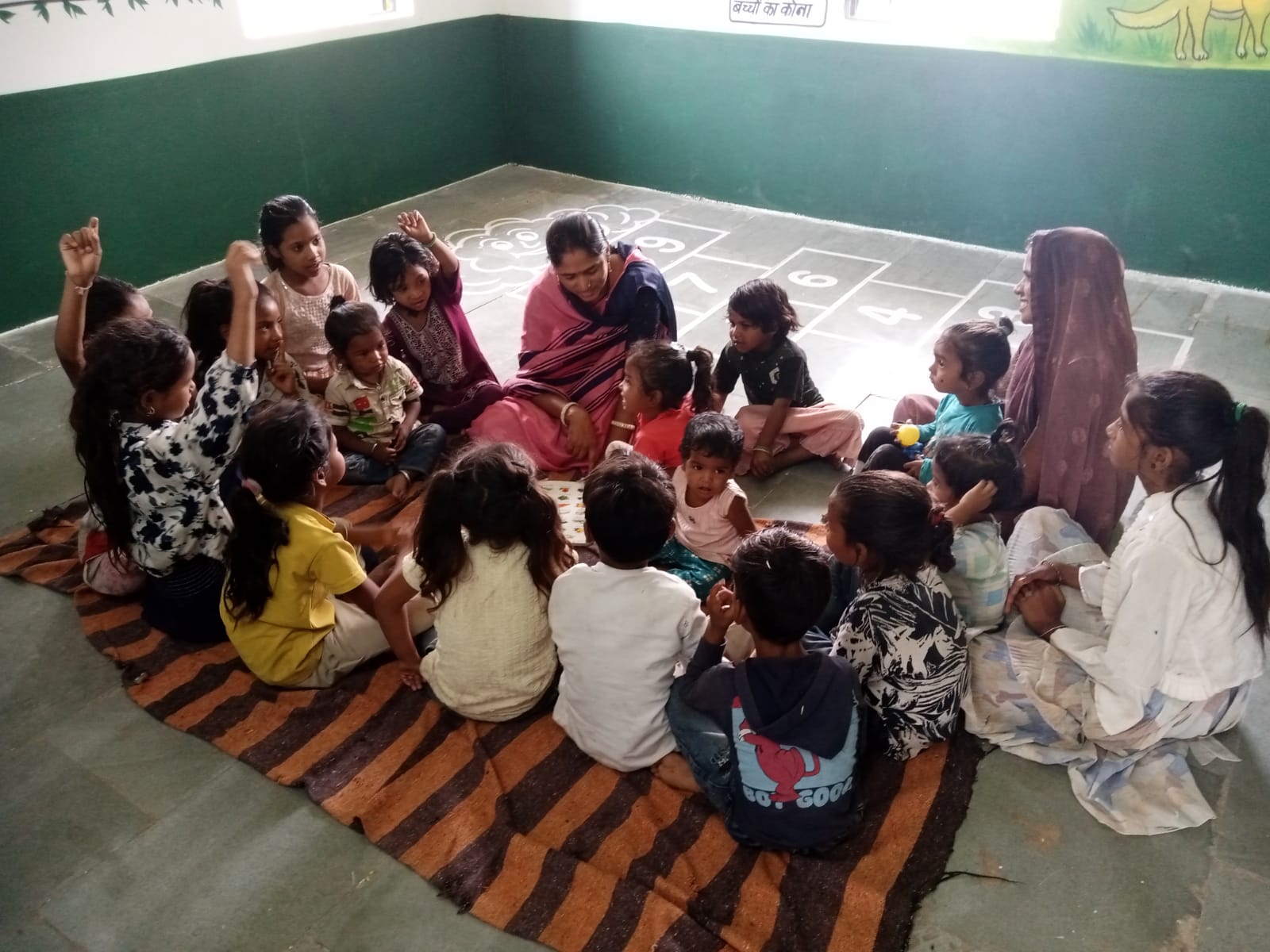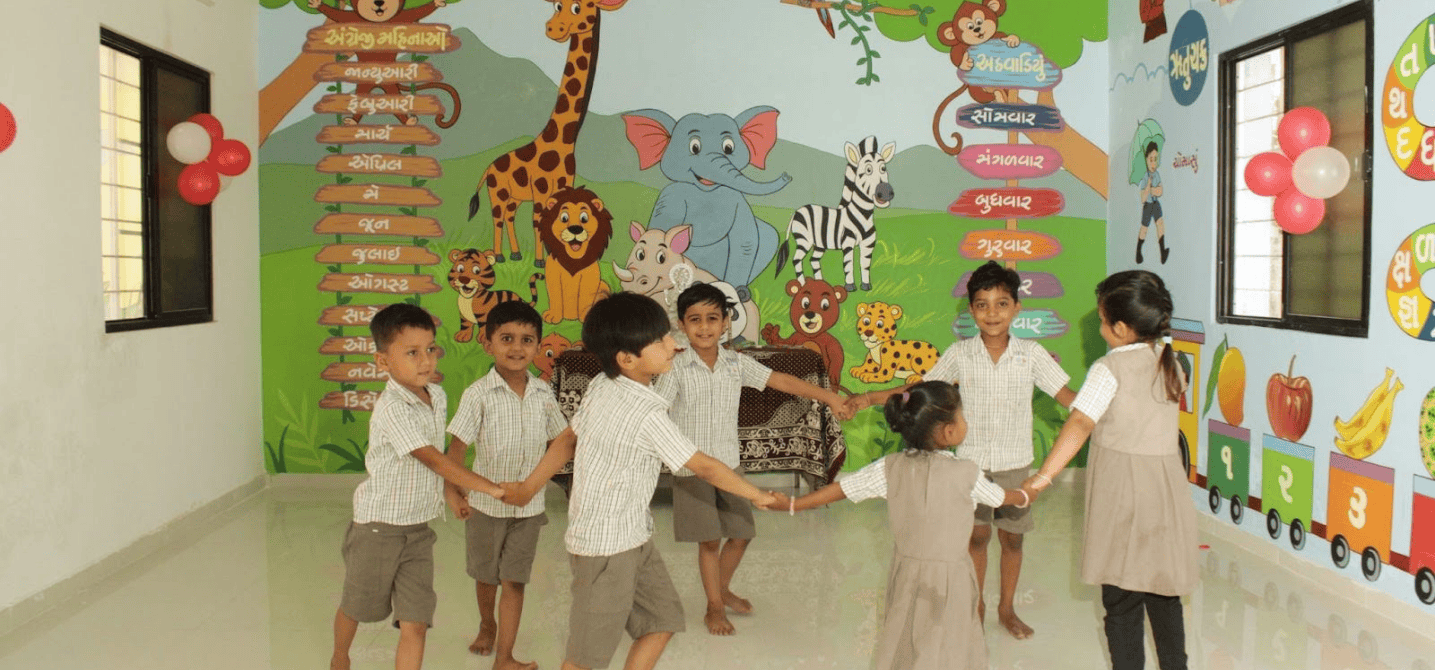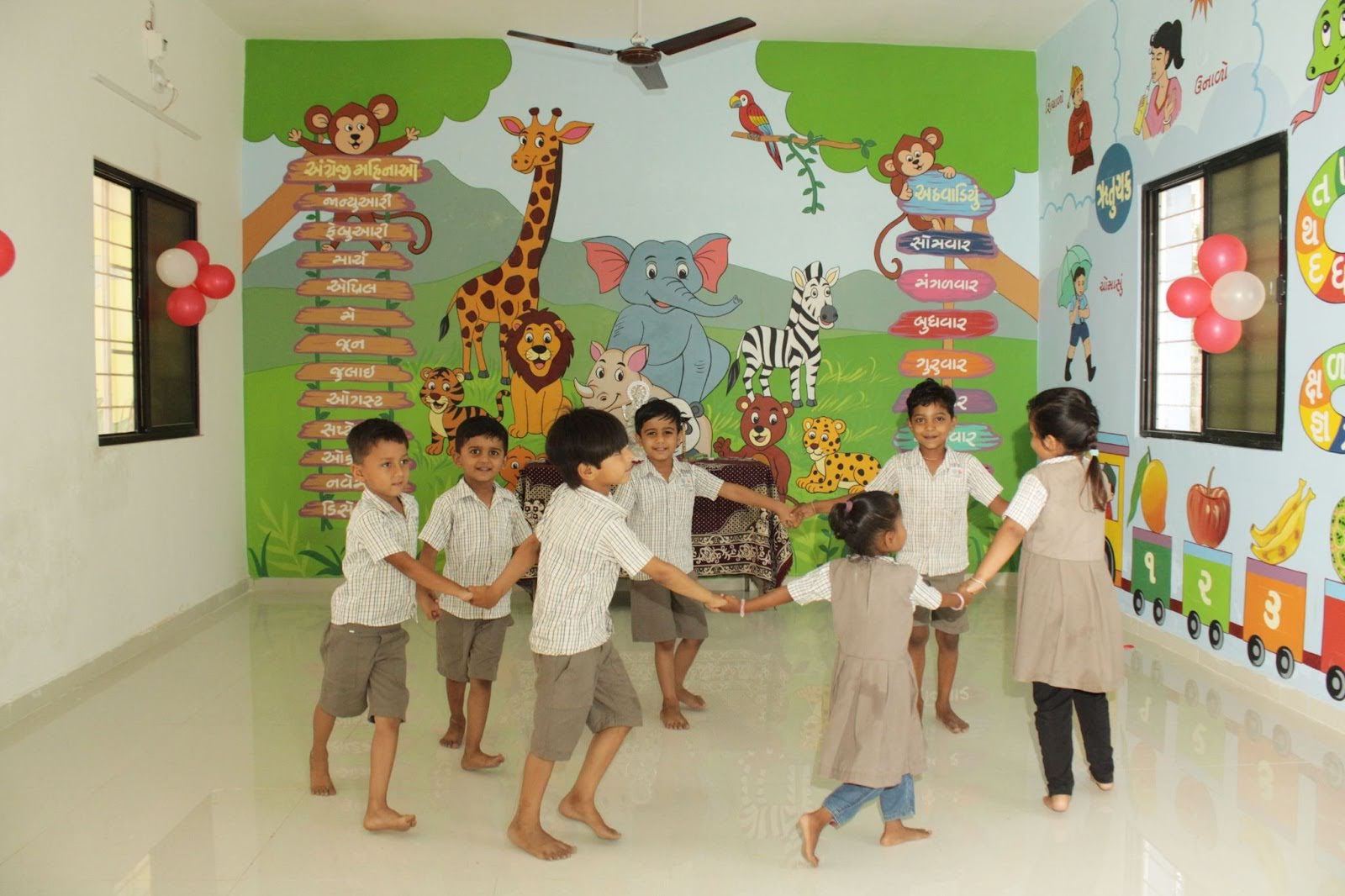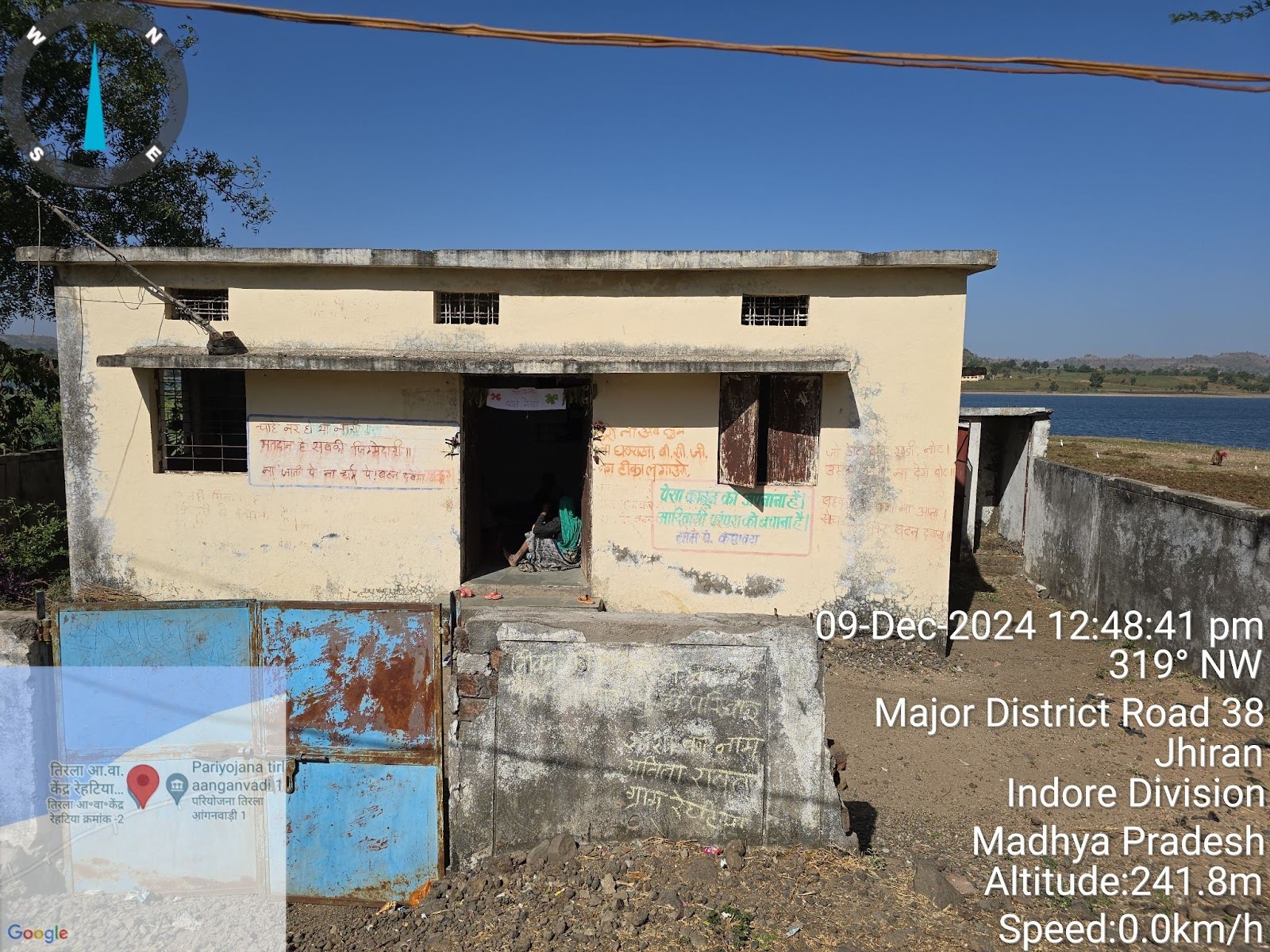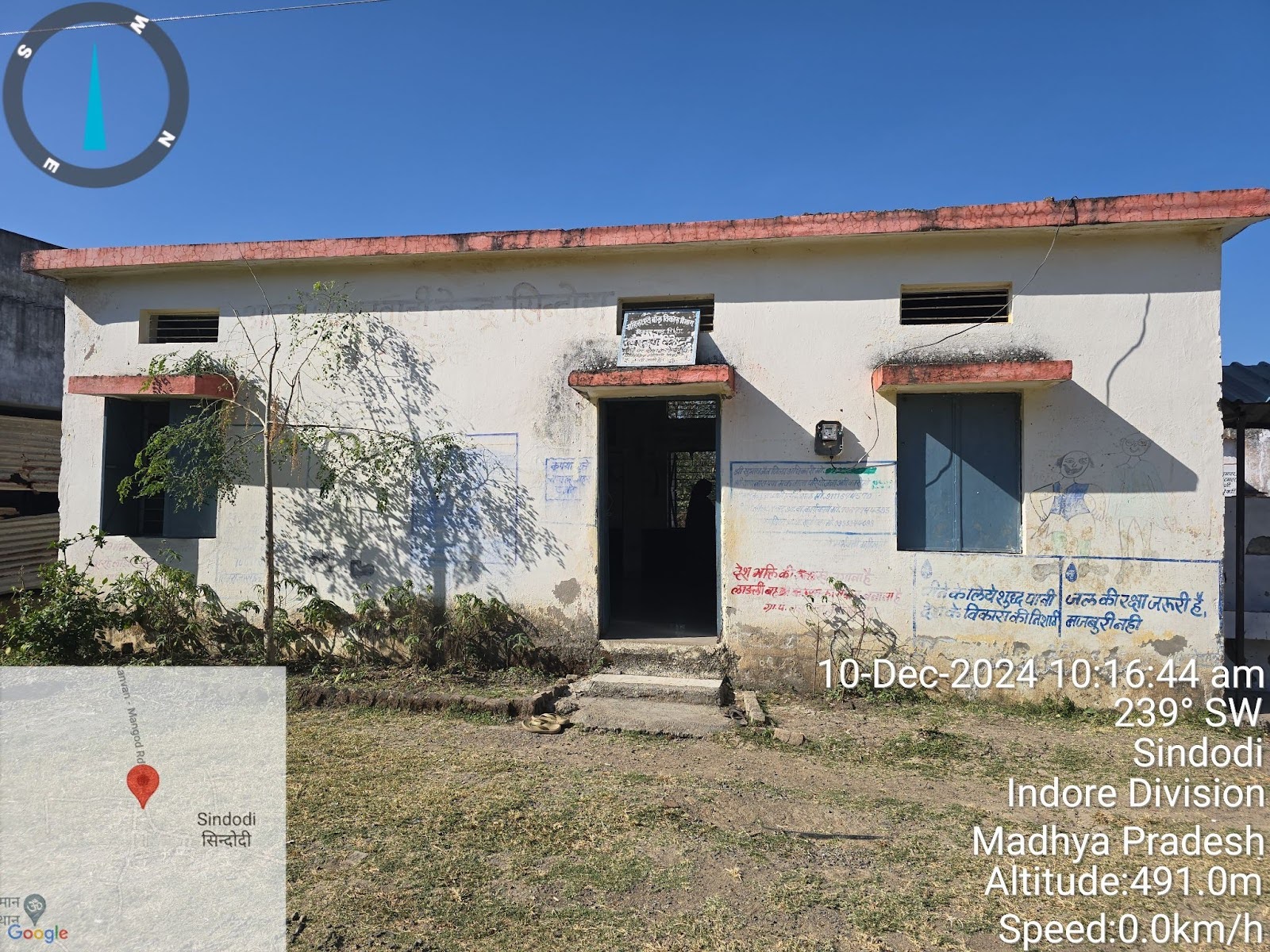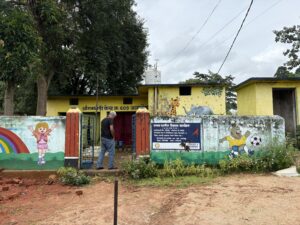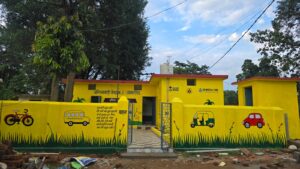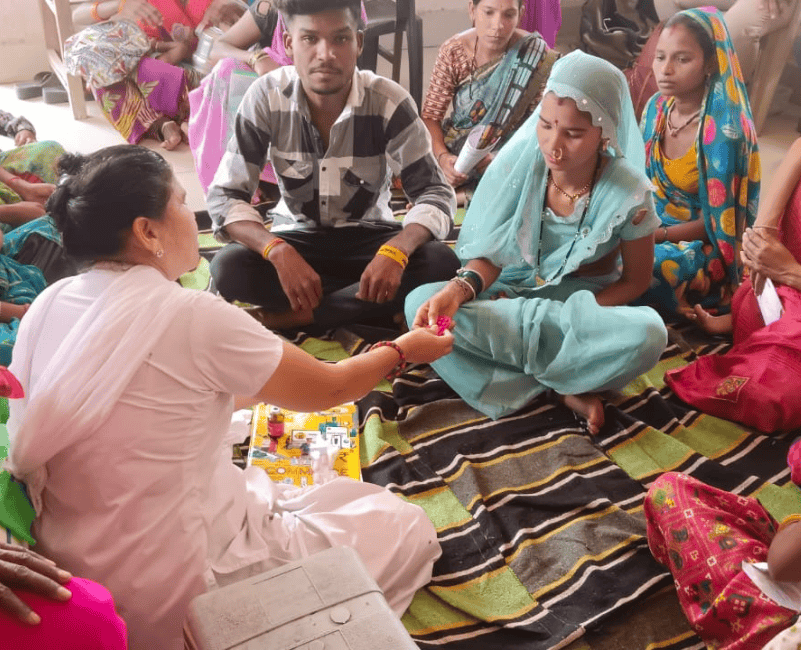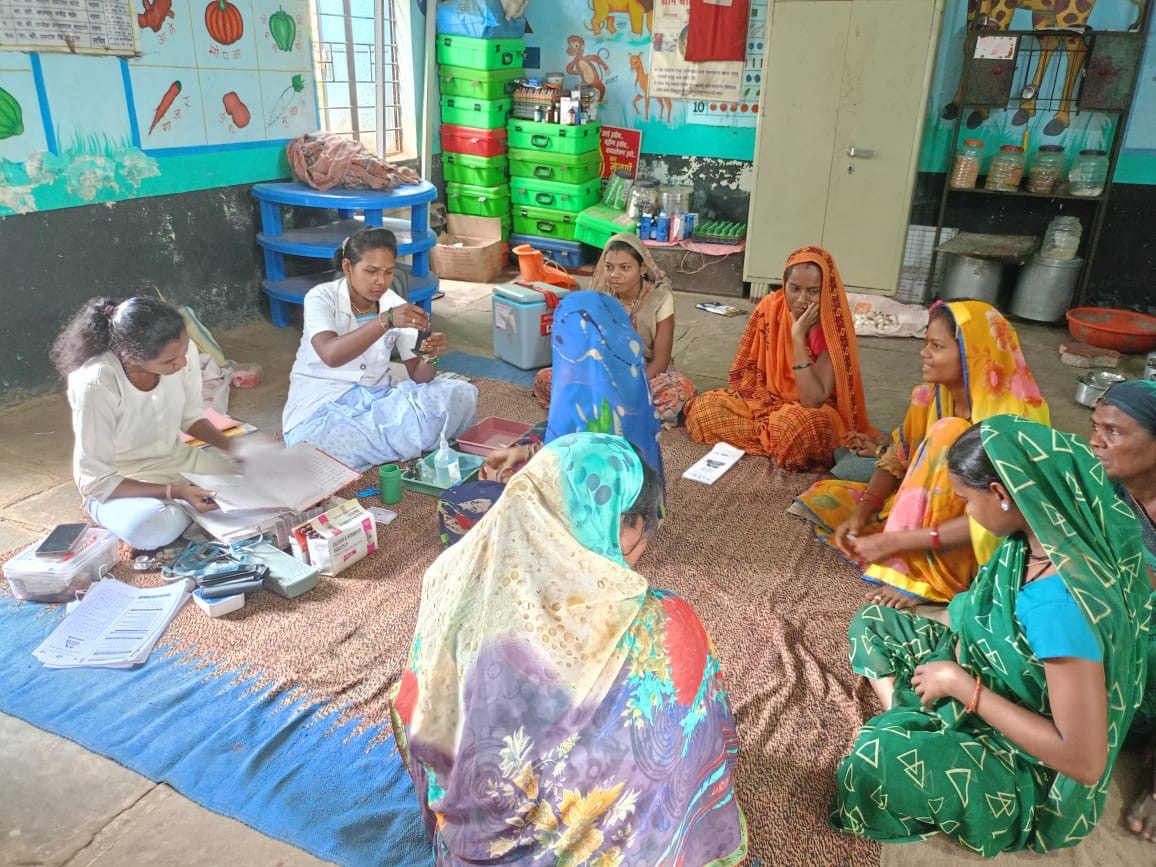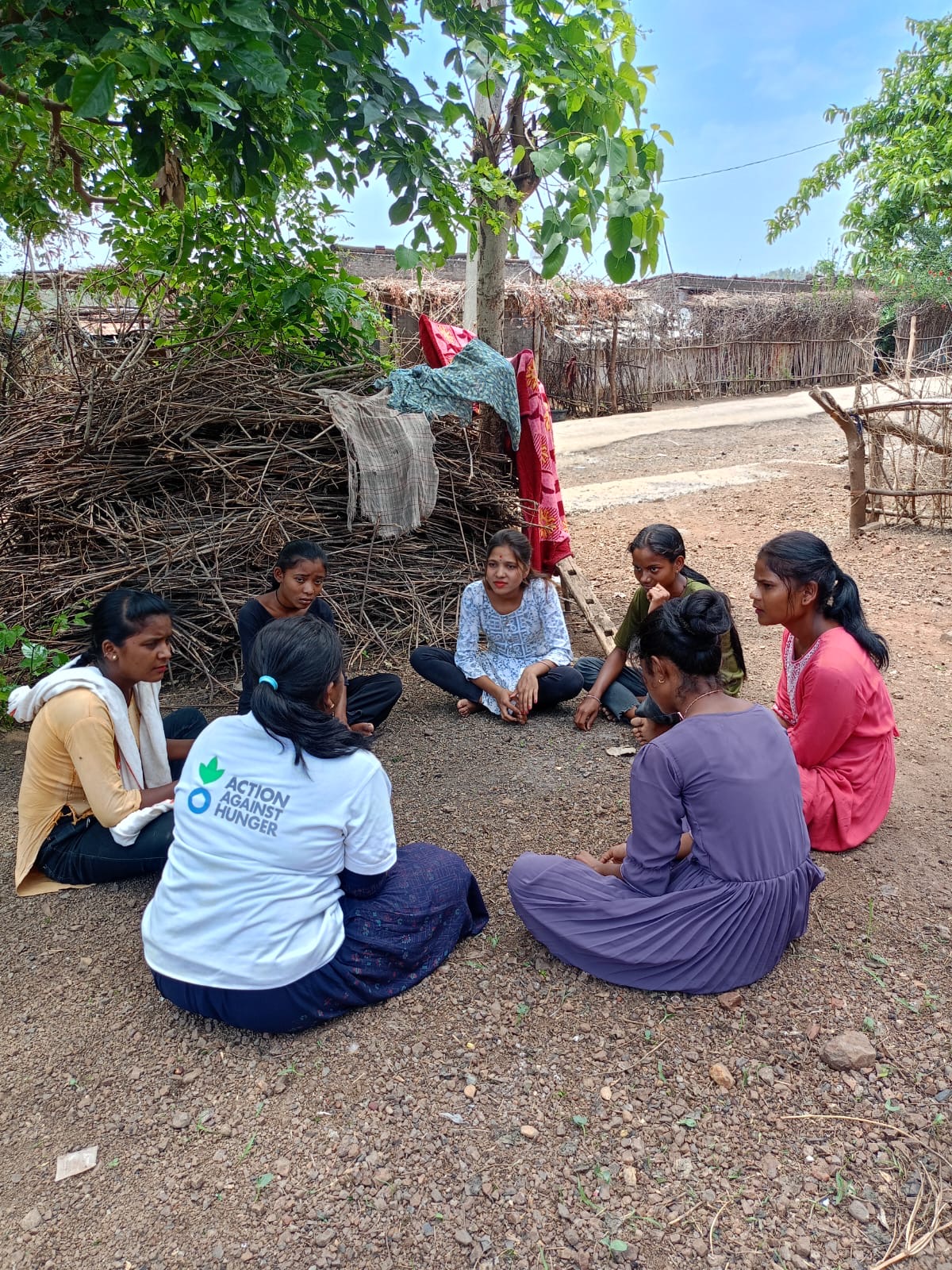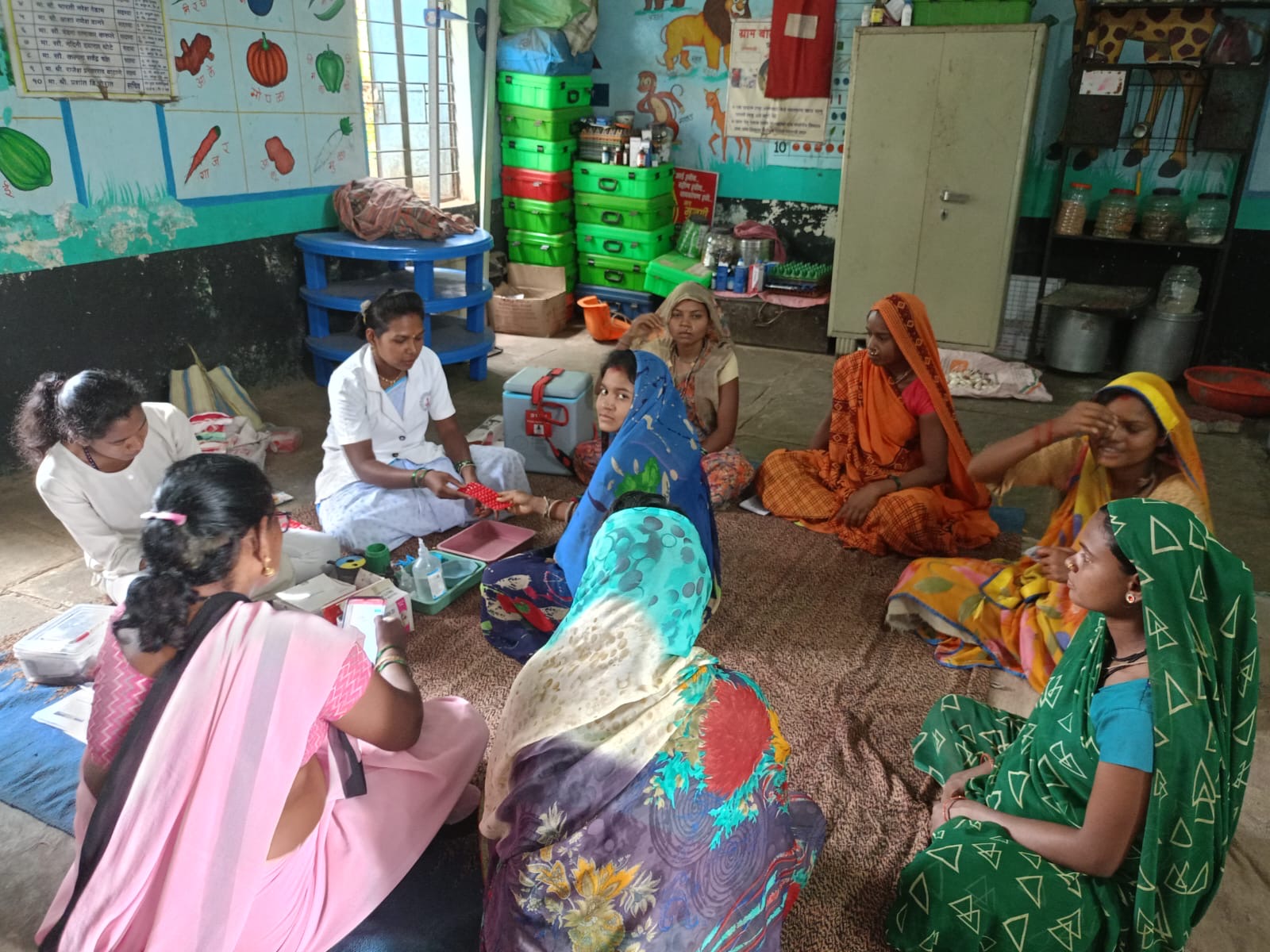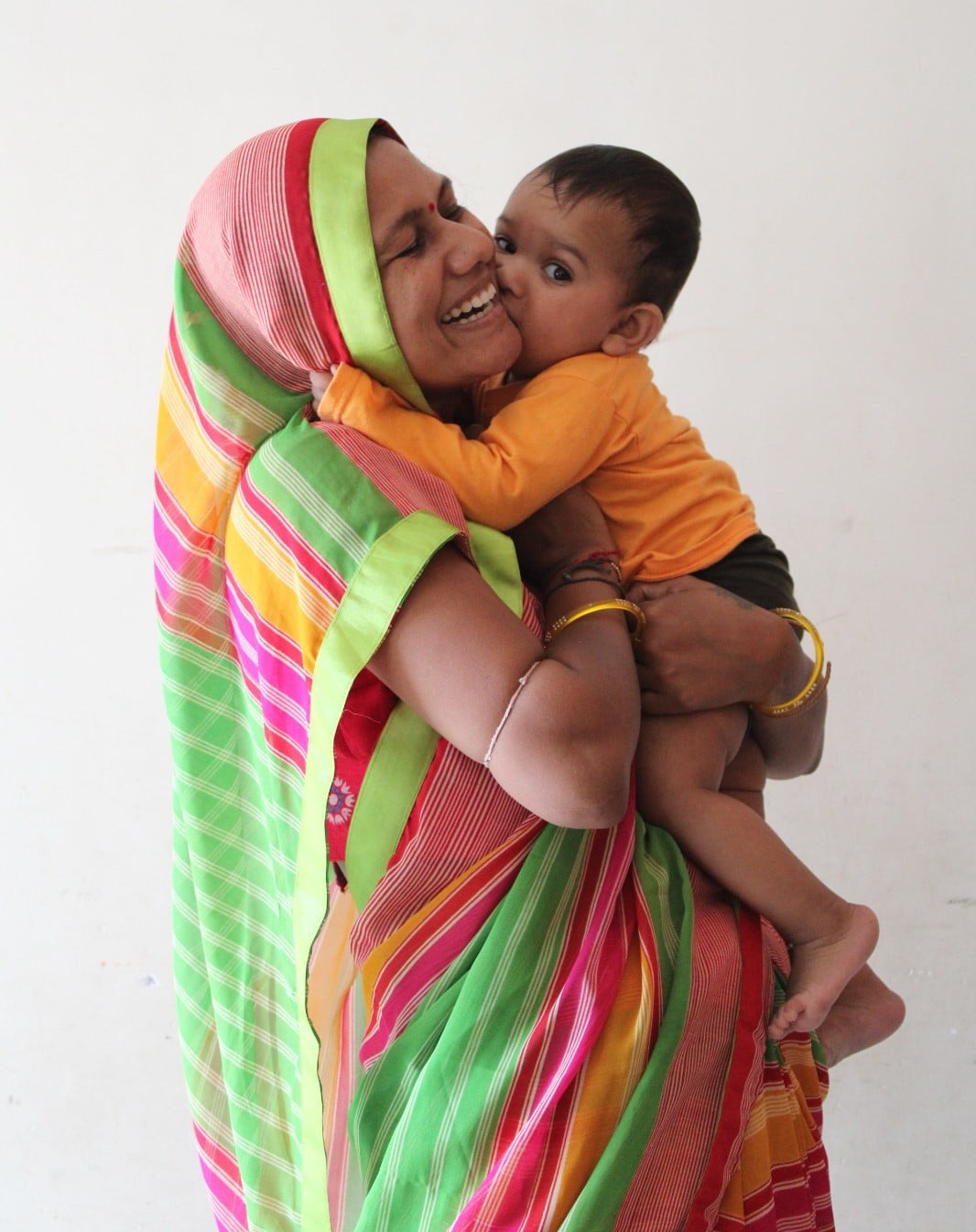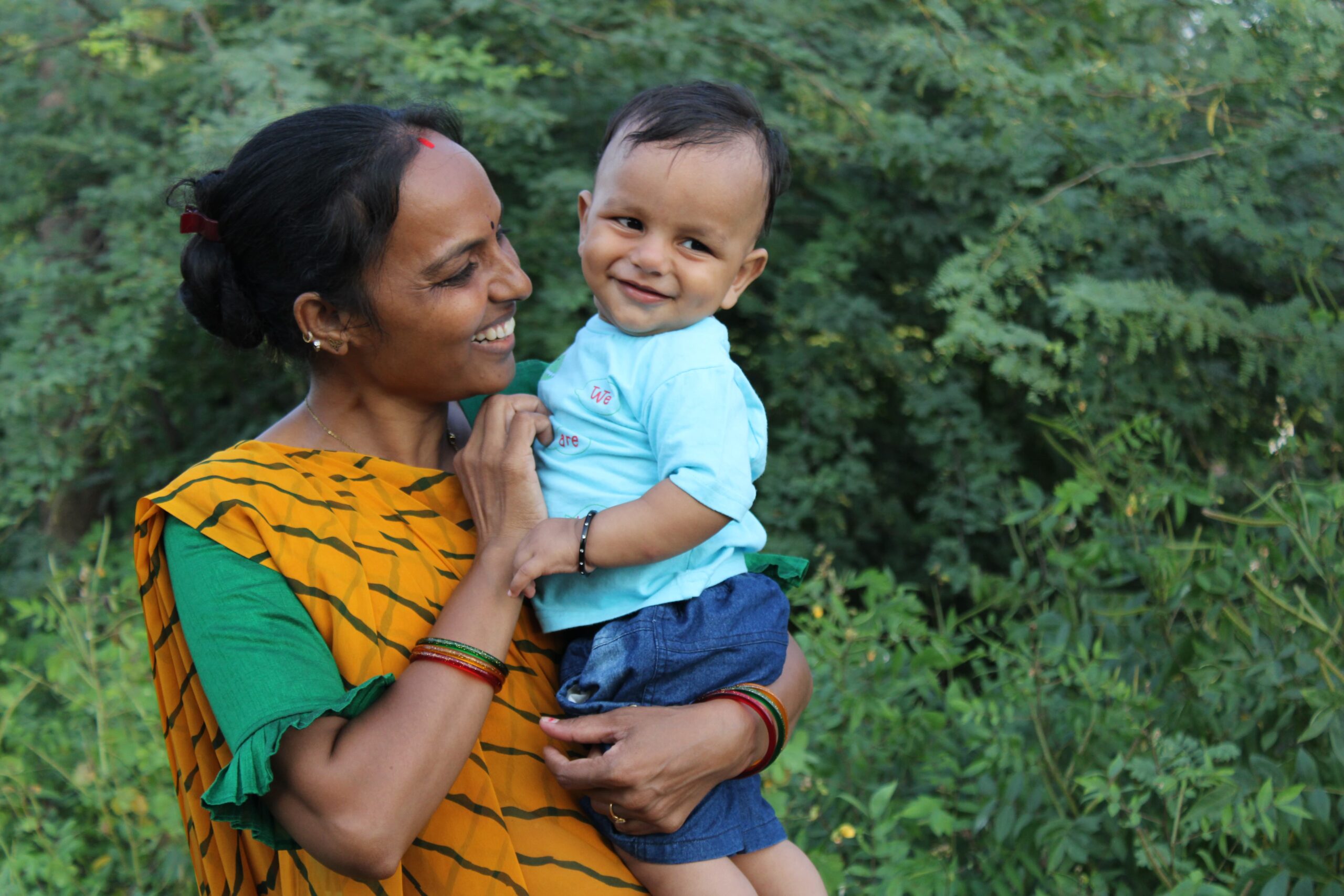Breastfeeding may seem natural, but it requires extraordinary strength from every mother. Her body works tirelessly to produce the essential nutrition her baby needs to grow and stay healthy.
At Action Against Hunger, we stand beside mothers throughout this beautiful yet demanding phase of life. With the right nutrition and care, they can stay energized, recover better, and continue giving their little ones the very best every day.
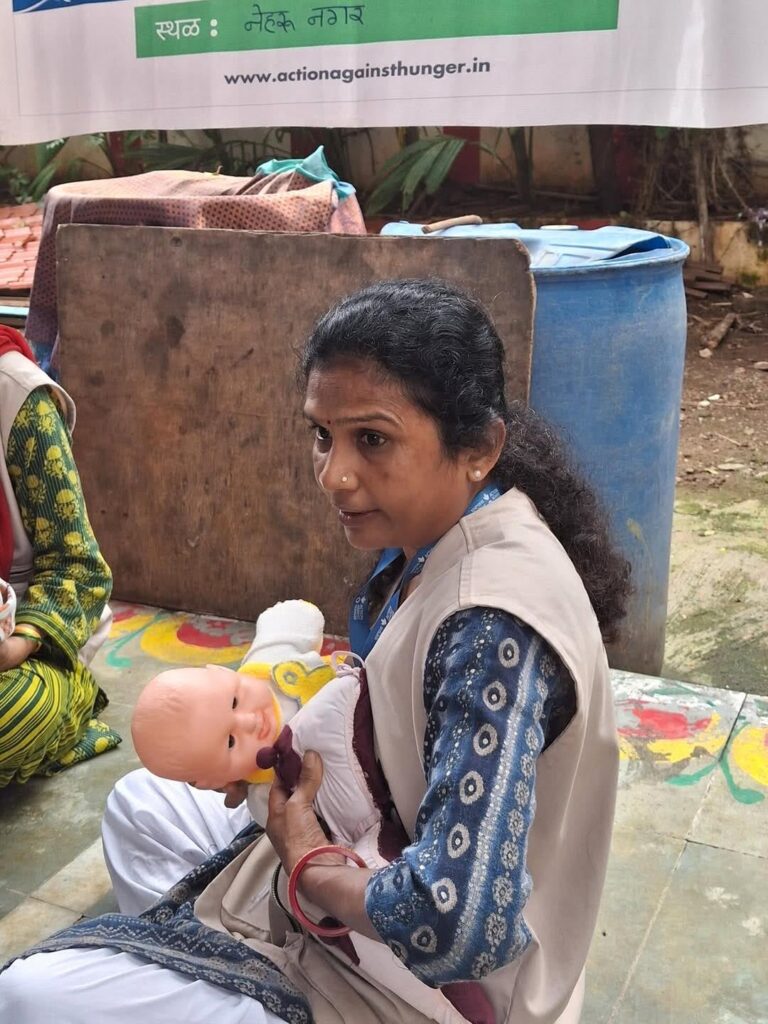

Here’s a simple nutrition guide to help lactating mothers take essential steps toward better nourishment and well-being:
1️⃣ Iron – The Power Behind Energy¹⁻⁴
- Prevents tiredness, weakness, and anemia
- Supports postpartum recovery
Sources: Dark leafy greens, beans, jaggery, whole grains, eggs, lean meat
2️⃣ Calcium – For Strong Bones (Mother & Baby)¹⁻⁴
- Helps baby’s bone and teeth development
- Prevents bone loss in mothers
Sources: Milk, curd, paneer, ragi, sesame seeds, almonds, broccoli
3️⃣ Protein – Fuels Milk Production³⁻⁵
- Repairs tissues and builds muscles
- Supports mother’s strength and baby’s growth
Sources: Lentils, legumes, eggs, fish, chicken, soy, peanuts, dairy products
4️⃣ Healthy Fats – Brain & Nervous System Development⁴⁻⁷
- Supports brain and vision development
Sources: Nuts, seeds, avocados, vegetable oils, fatty fish
5️⃣ Vitamin A – Immunity & Vision¹⁻⁵
- Strengthens the baby’s immune system
- Protects maternal eye health
Sources: Carrots, pumpkin, sweet potato, spinach, milk, mango
6️⃣ Vitamin D – Helps Absorb Calcium²⁻⁵
- Supports bone strength and immunity
Sources: Morning sunlight, fortified milk, eggs
7️⃣ Folic Acid – Cell Growth & Blood Health¹⁻⁴
- Essential for new cell formation
- Helps prevent nutrient deficiencies
Sources: Green leafy vegetables, legumes, citrus fruits
8️⃣ Fluids – The Key to Milk Flow¹⁻⁷
- Boosts milk production
- Prevents dehydration
Best choices: Water, coconut water, buttermilk, fresh juices, soups
⚠ Avoid packaged sugary drinks
Daily Diet Chart for Breastfeeding Mothers
This plan focuses on frequent, nutrient-dense meals to support energy, recovery, and milk production, incorporating the essential nutrients discussed in the blog.
| Time | Meal | Recommended Foods | Key Nutrients Addressed |
|---|---|---|---|
| Early Morning (6:00 AM – 7:00 AM) | Drink + Light Meal |
|
Fluids, Protein, Healthy Fats, Iron |
| Breakfast (8:00 AM – 9:00 AM) | Main Meal |
|
Iron, Calcium, Protein, Vitamin A |
| Mid-Morning Snack (11:00 AM) | Light Snack |
|
Vitamin A, Folic Acid, Healthy Fats, Iron |
| Lunch (1:00 PM – 2:00 PM) | Main Meal |
|
Protein, Iron, Calcium, Vitamin A, Fluids |
| Evening Snack (4:00 PM – 5:00 PM) | Light Snack |
|
Fluids, Calcium, Protein |
| Dinner (7:00 PM – 8:00 PM) | Dinner Meal |
|
Protein, Vitamin A, Healthy Fats |
| Before Bed (9:00 PM) | Night Drink |
|
Calcium, Fluids, Healthy Fats |
Taking the Next Step
To break this cycle, Action Against Hunger focuses on practical, community-driven solutions that combine infrastructure with education:
While these recommendations lay a strong foundation, each mother’s dietary needs vary. For detailed guidance tailored to your specific dietary needs, we strongly encourage you to consult a healthcare professional.
Your baby deserves the best, and so do you! Start making empowering choices today and seek the expert support you need.
References
- World Health Organization. Infant and young child feeding: Guiding principles for breastfeeding mothers. Geneva: WHO; 2023.
- UNICEF India. Maternal nutrition: Ensuring the health of mothers and babies. New Delhi: UNICEF; 2024.
- Ministry of Health & Family Welfare. Dietary guidelines for lactating women. Government of India; 2022.
- Indian Council of Medical Research (ICMR). Nutrient requirements and recommended dietary allowances for Indians. New Delhi: ICMR; 2020.
- National Institutes of Health (NIH). Dietary supplement fact sheets. Bethesda (MD): NIH; 2023.
- National Health Service (NHS). Breastfeeding diet recommendations. London: NHS UK; 2023.
- American Pregnancy Association. Nutrition for breastfeeding mothers. Texas: APA; 2024.
- Surya Hospital. Breast milk increasing foods: Indian diet chart for lactating mothers [blog]. Surya Hospital; 2025.
